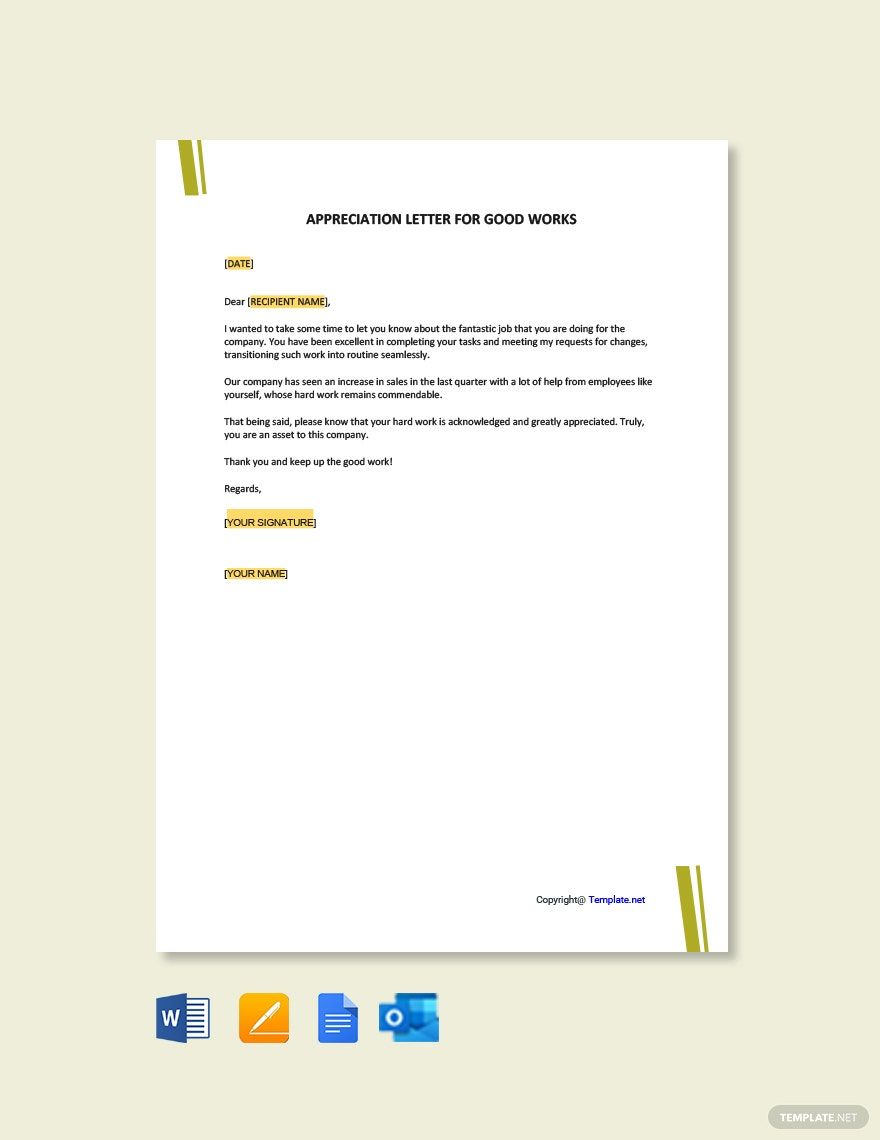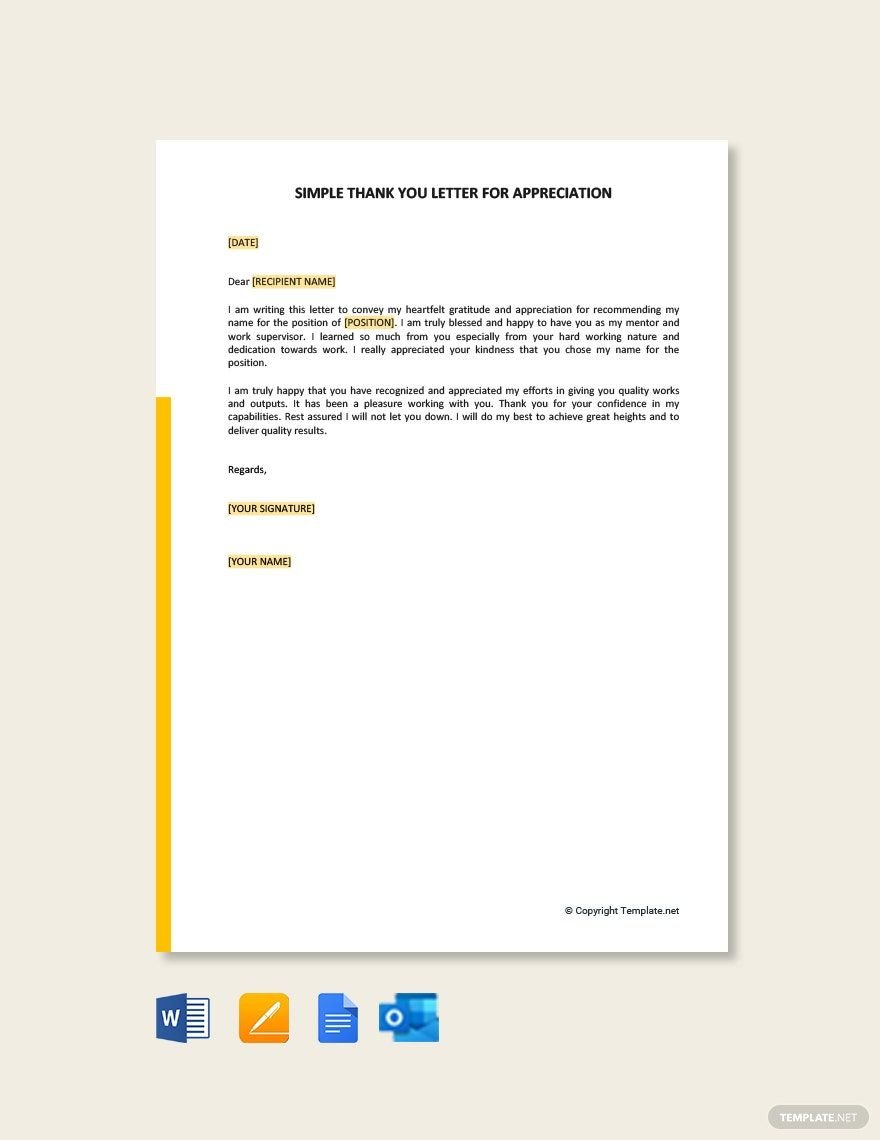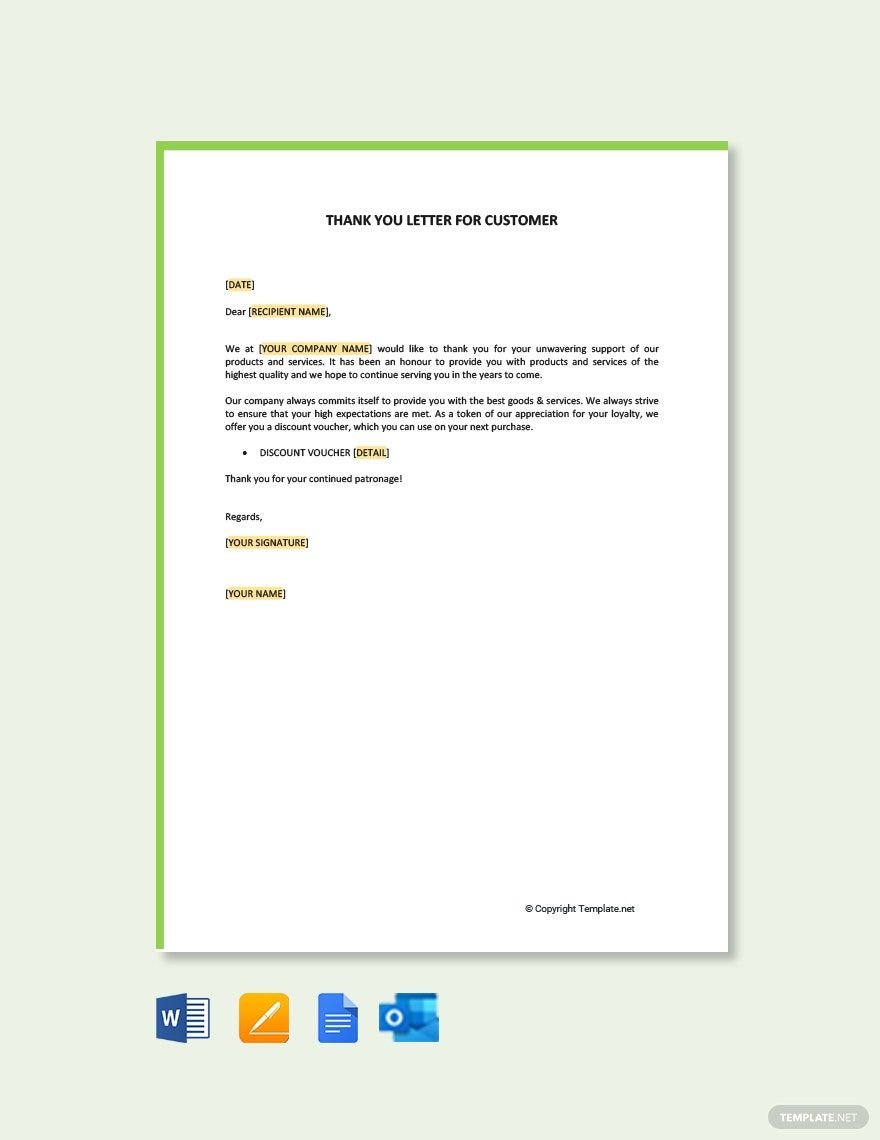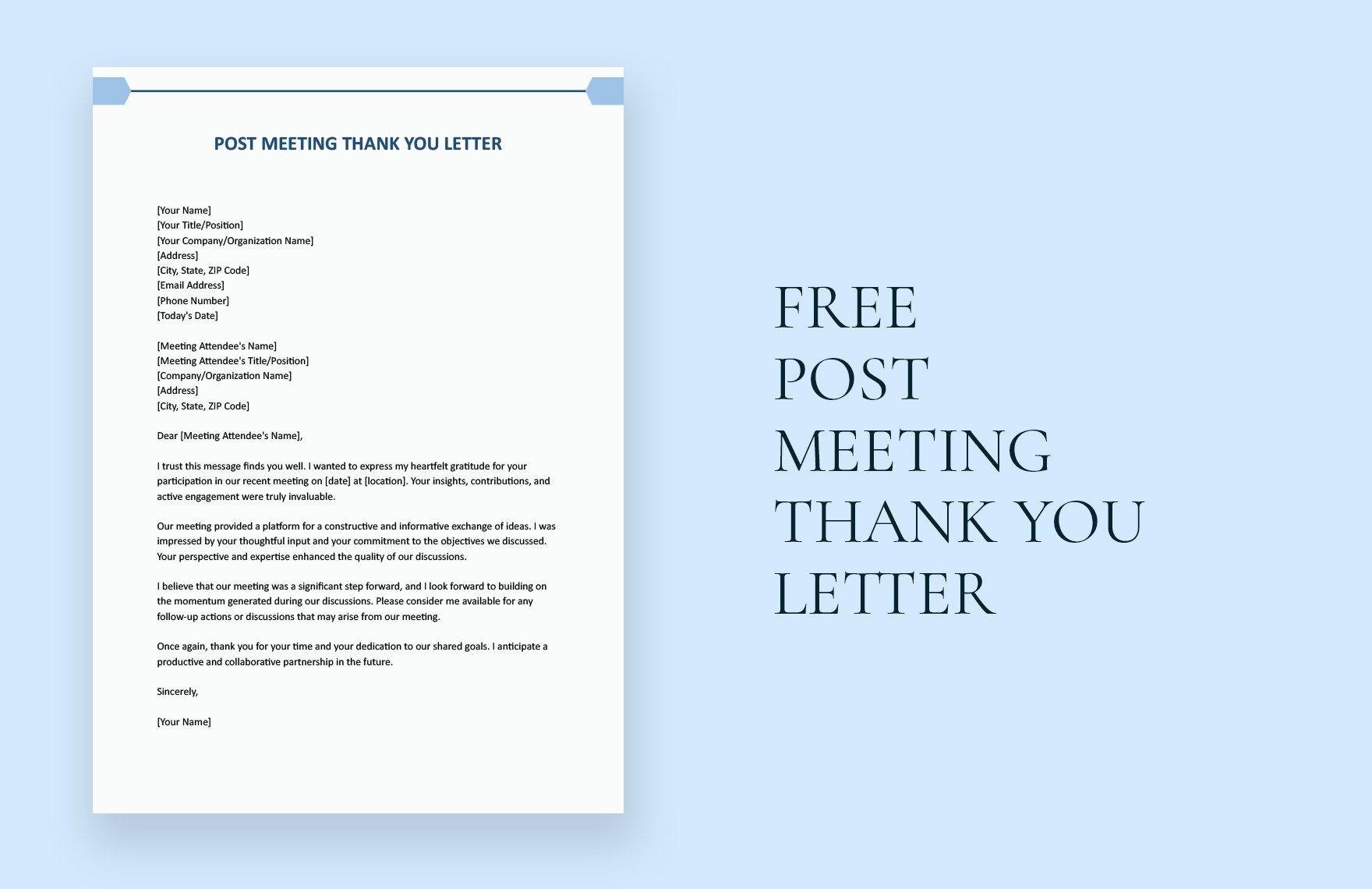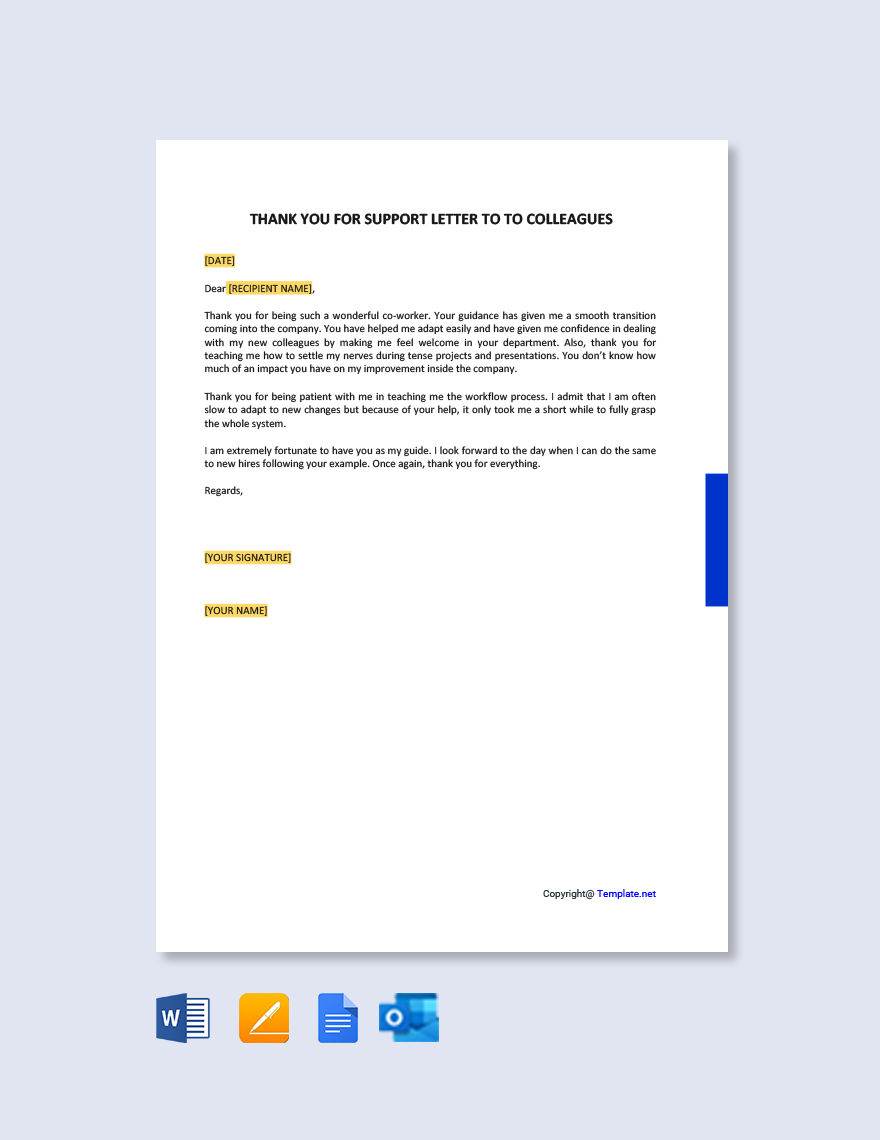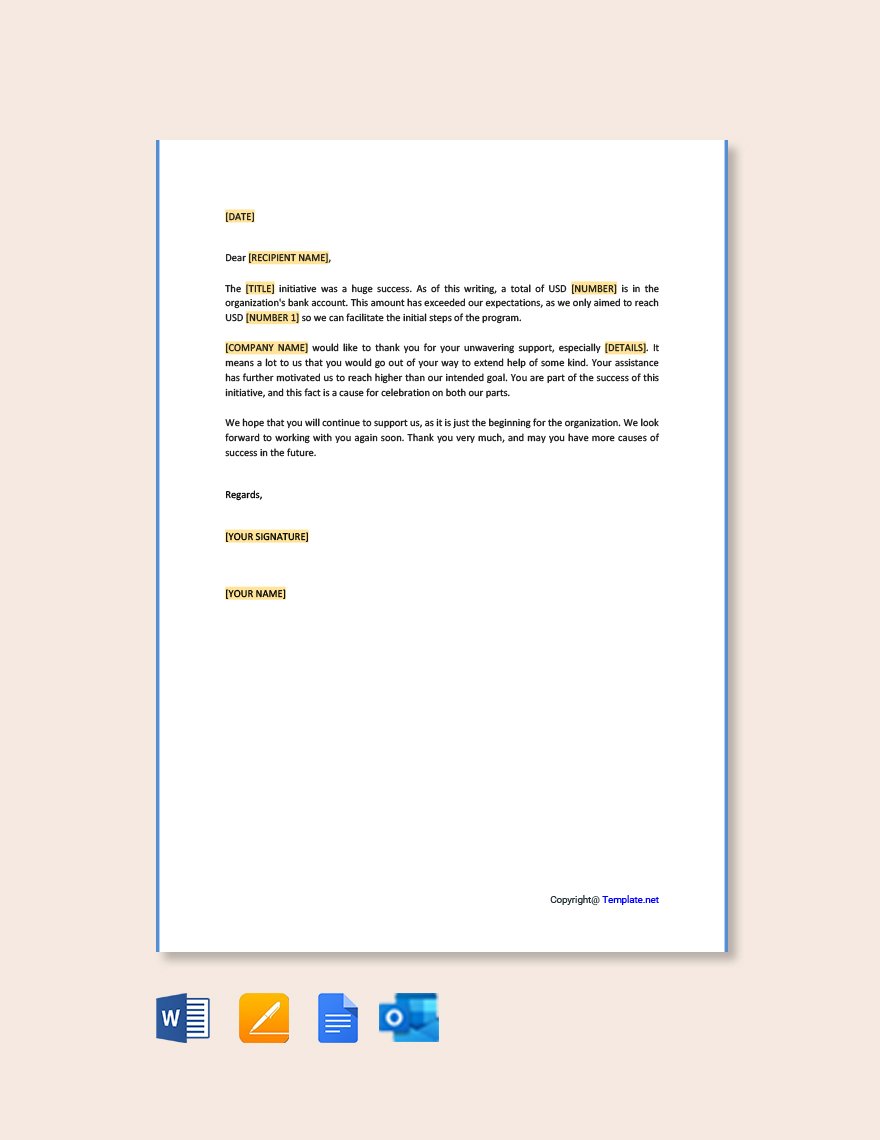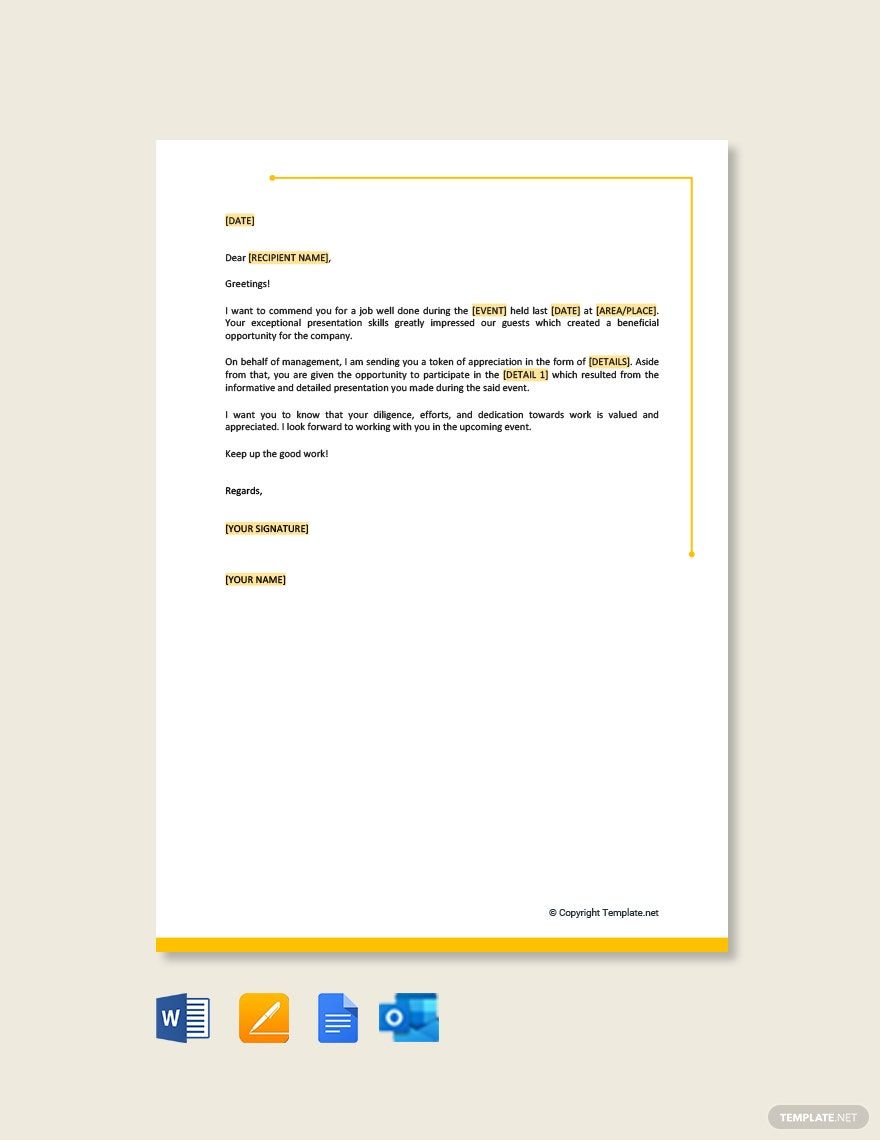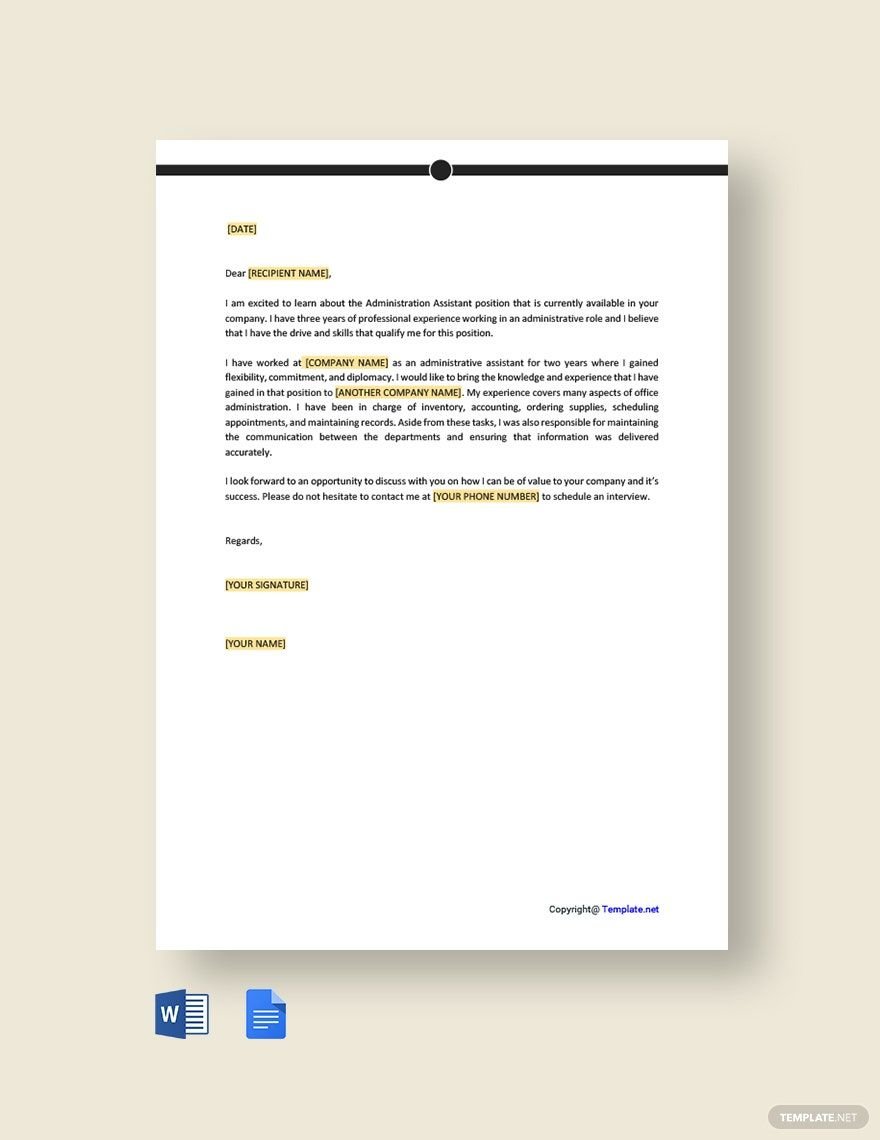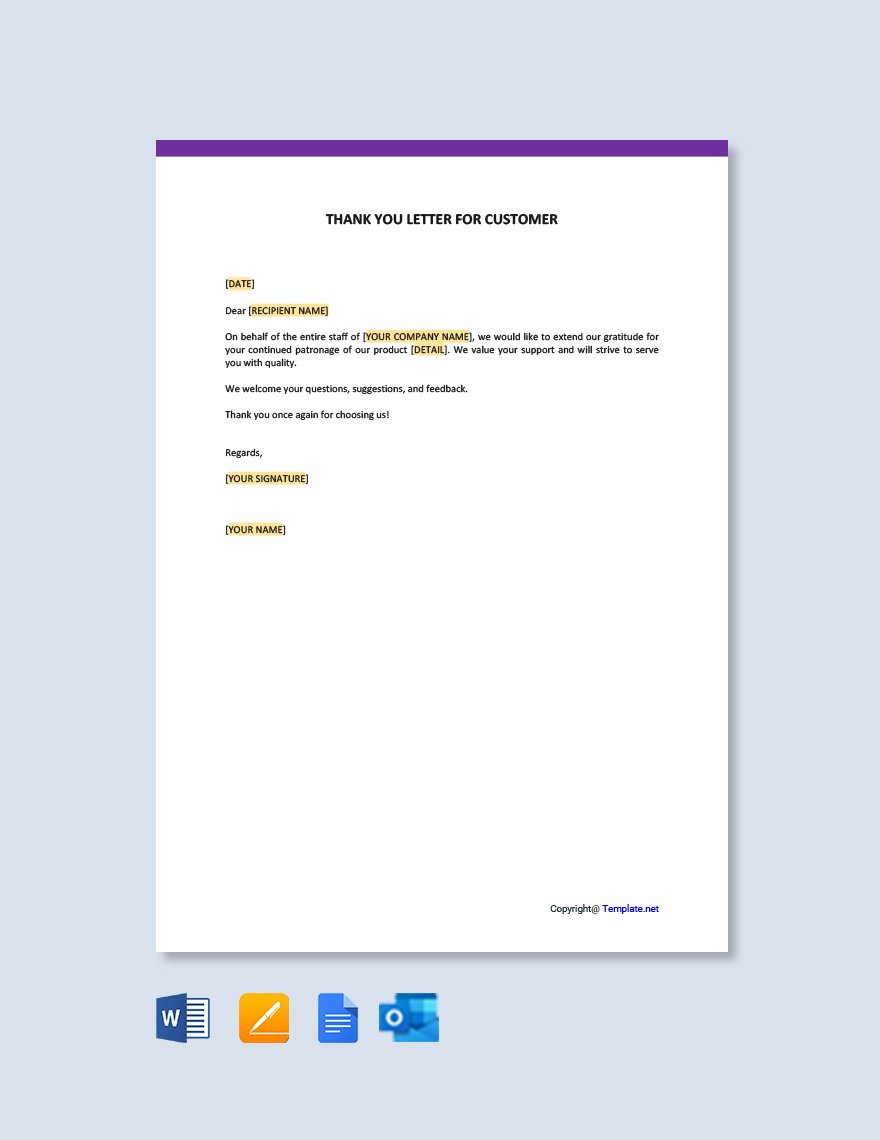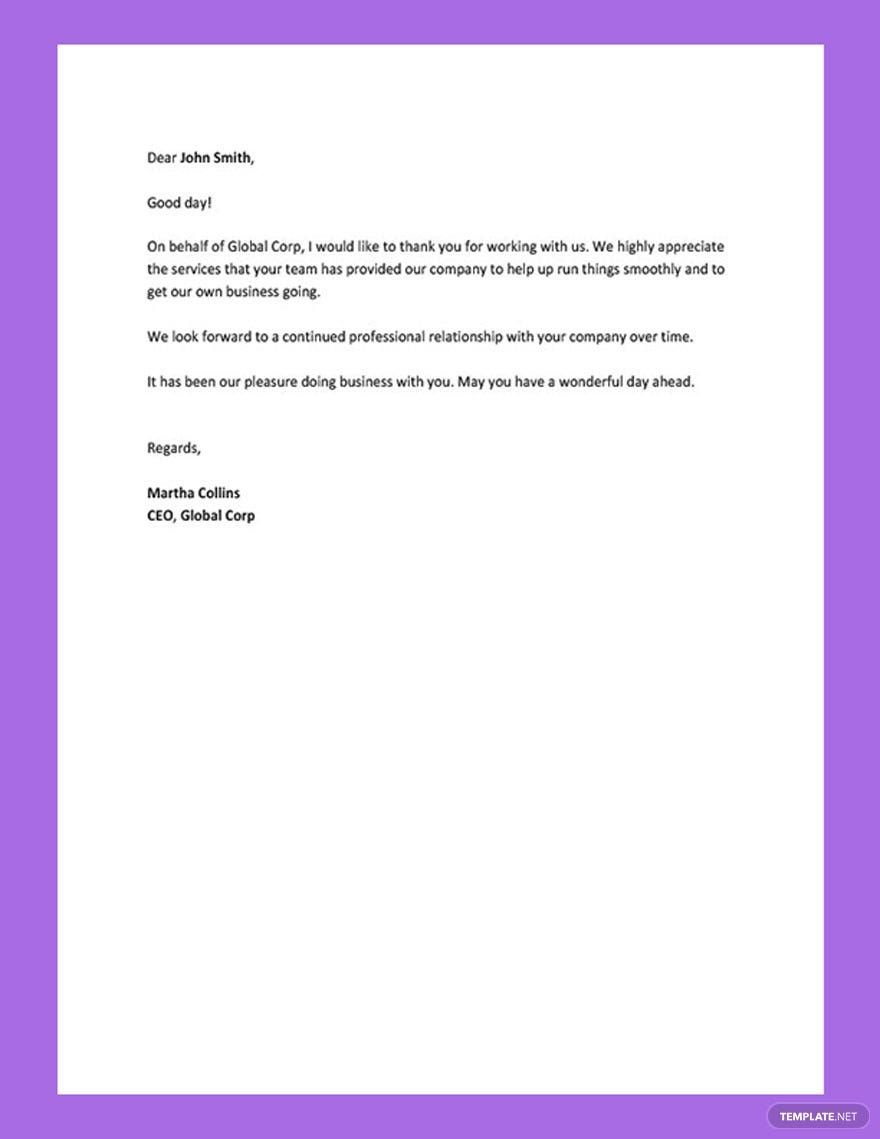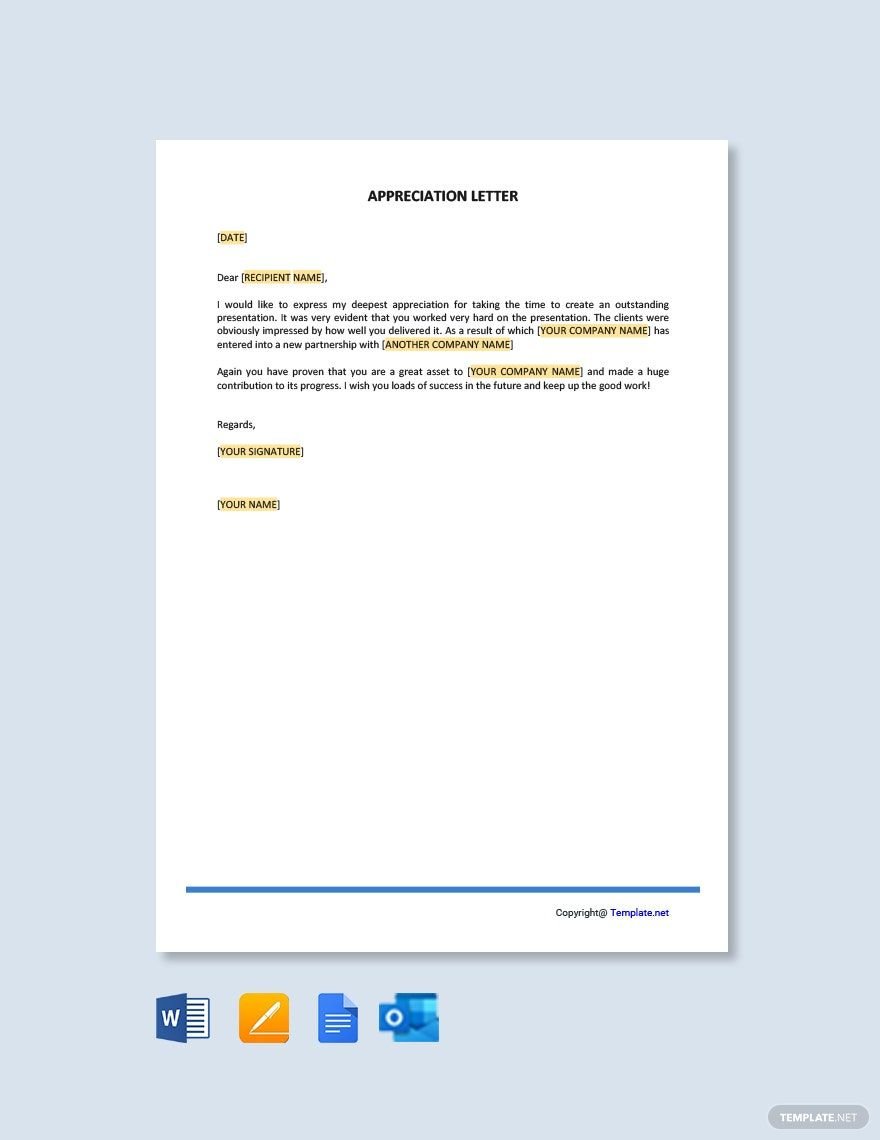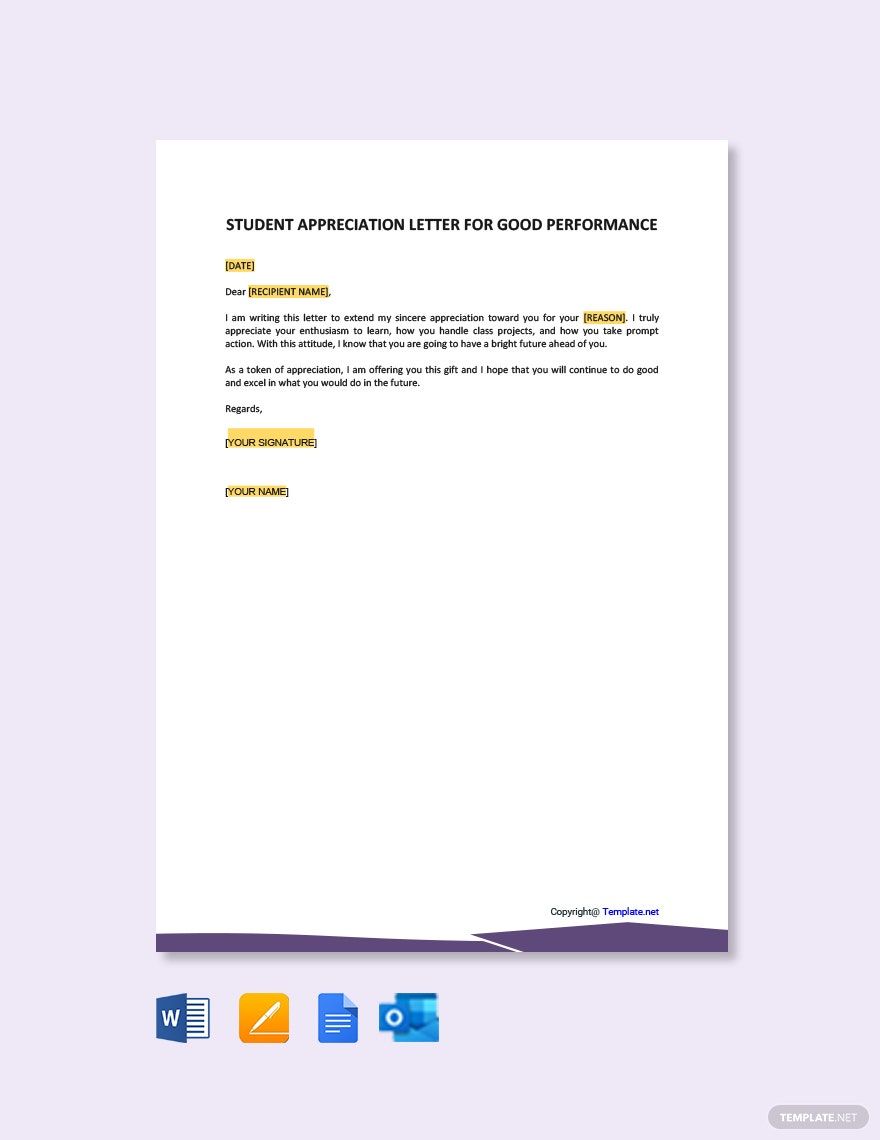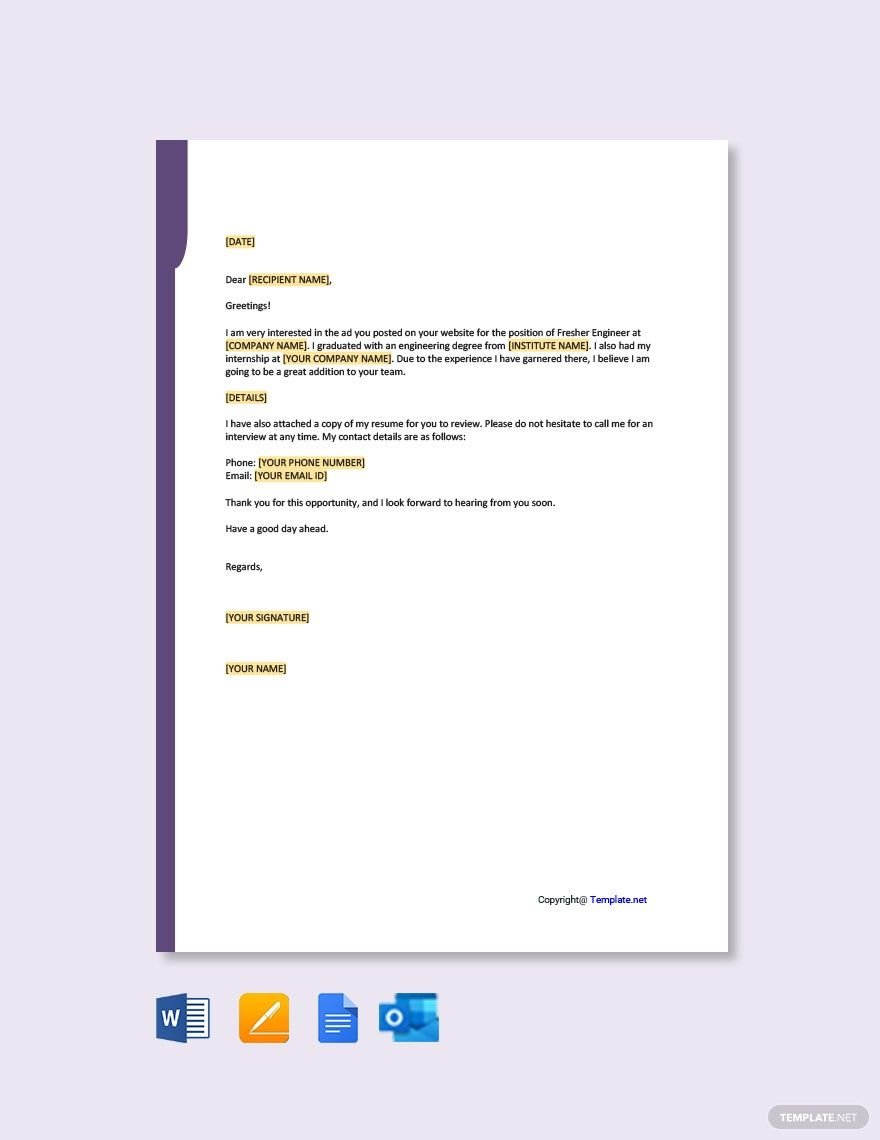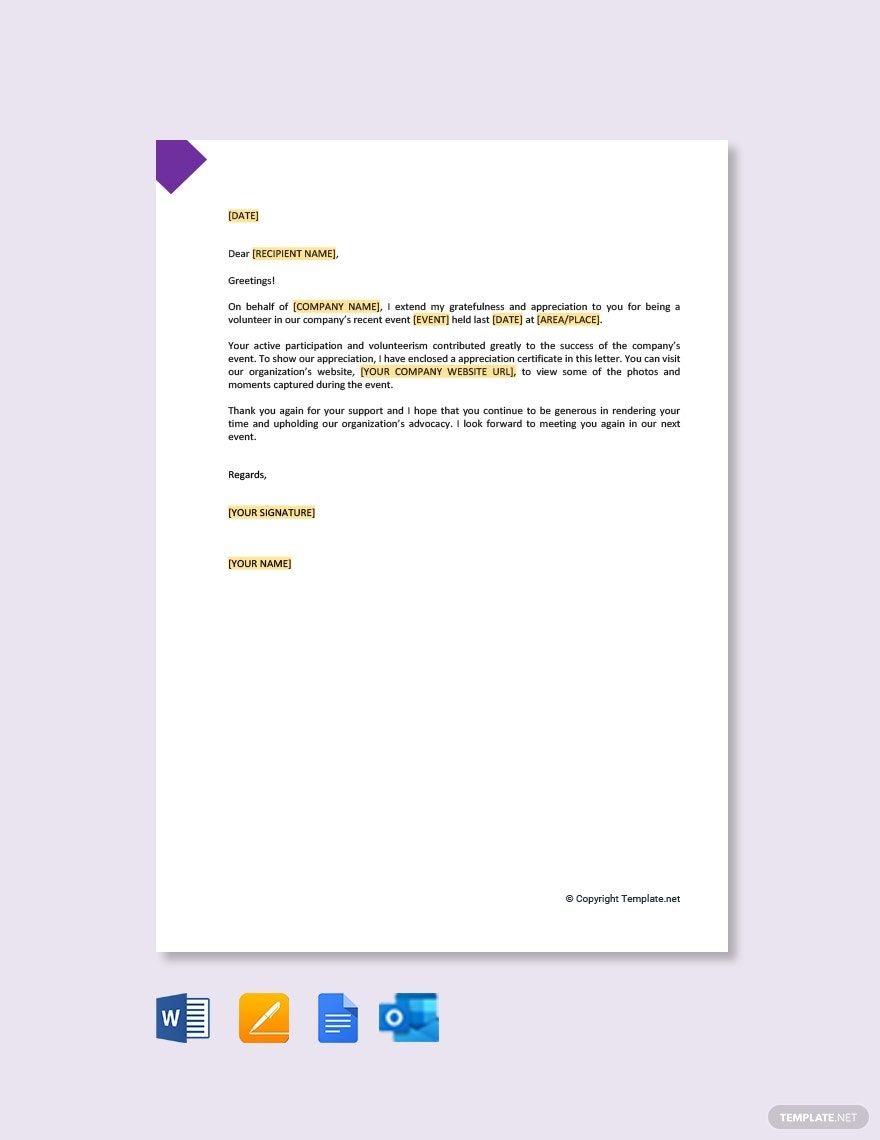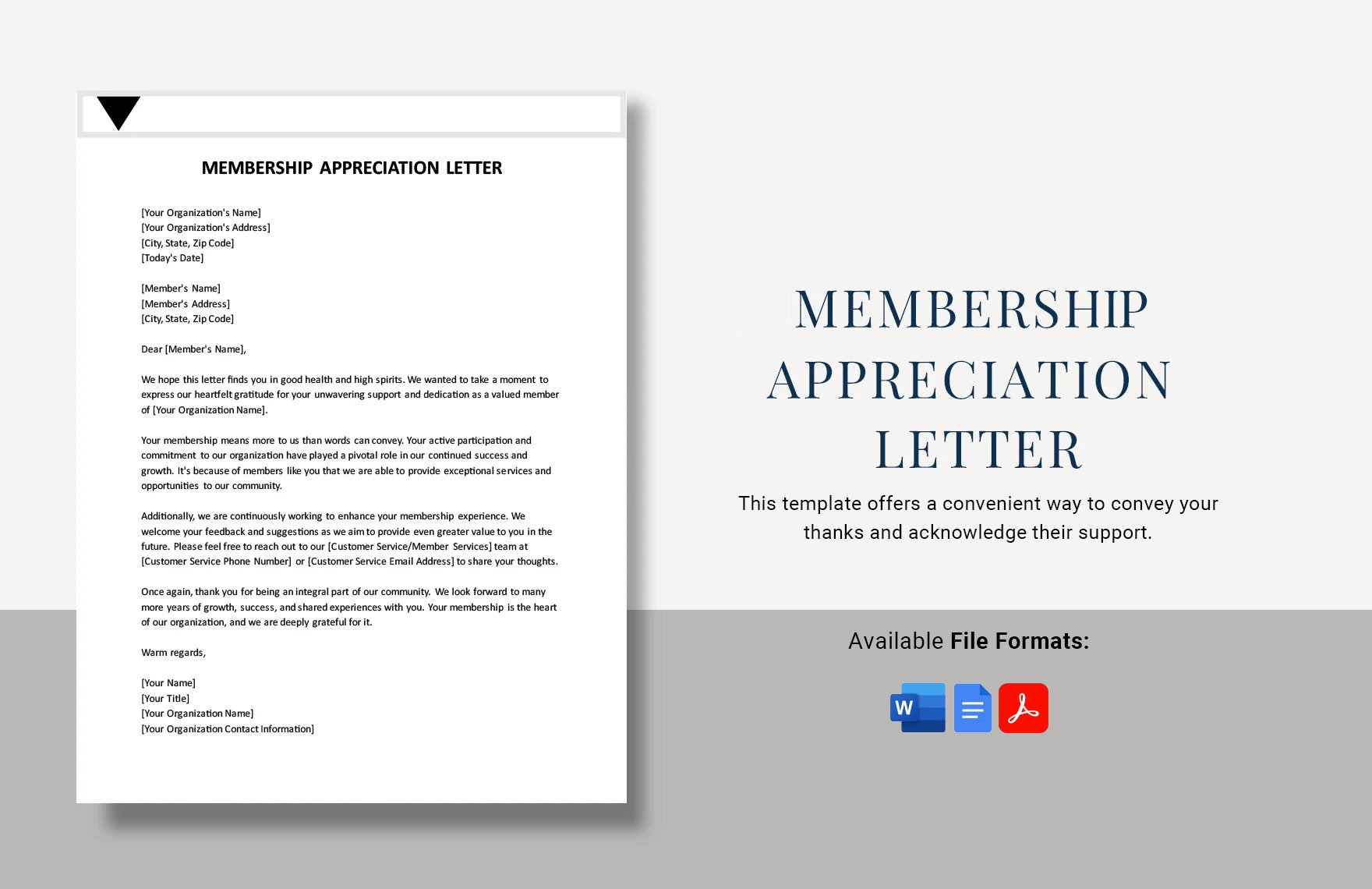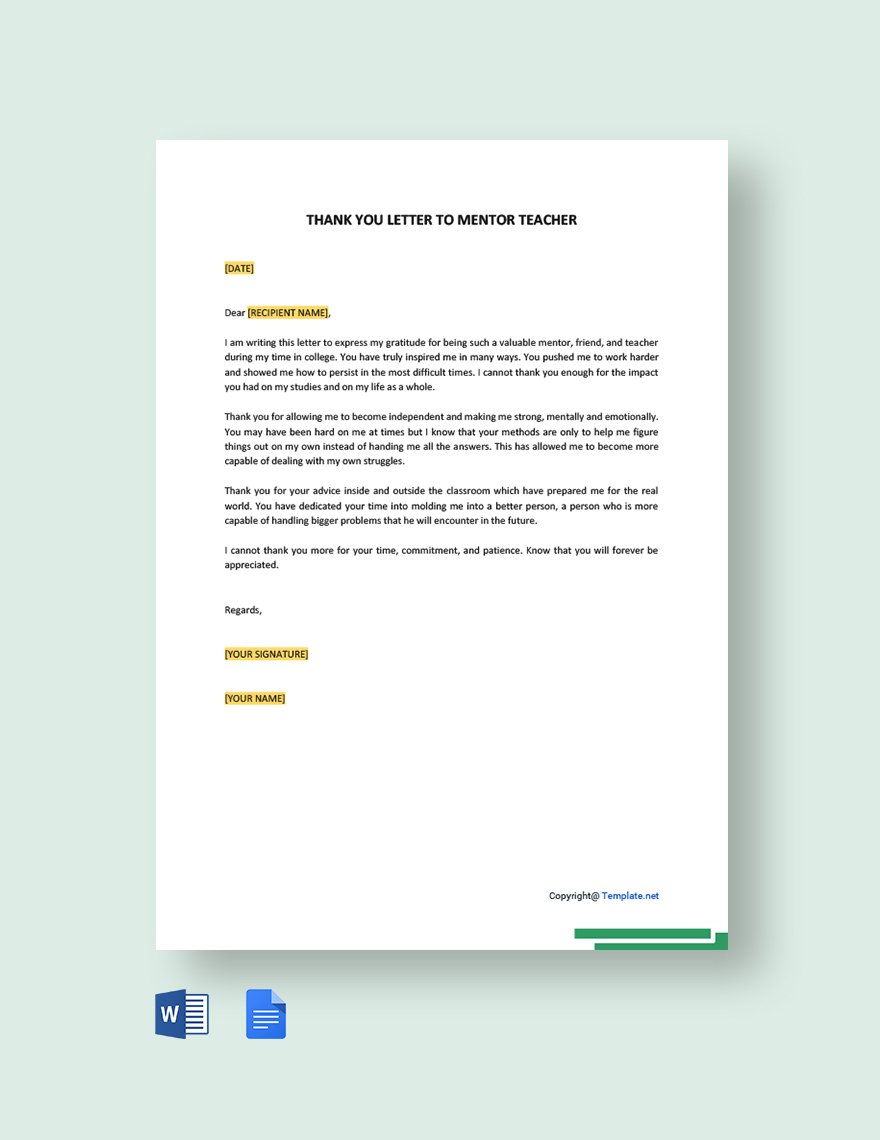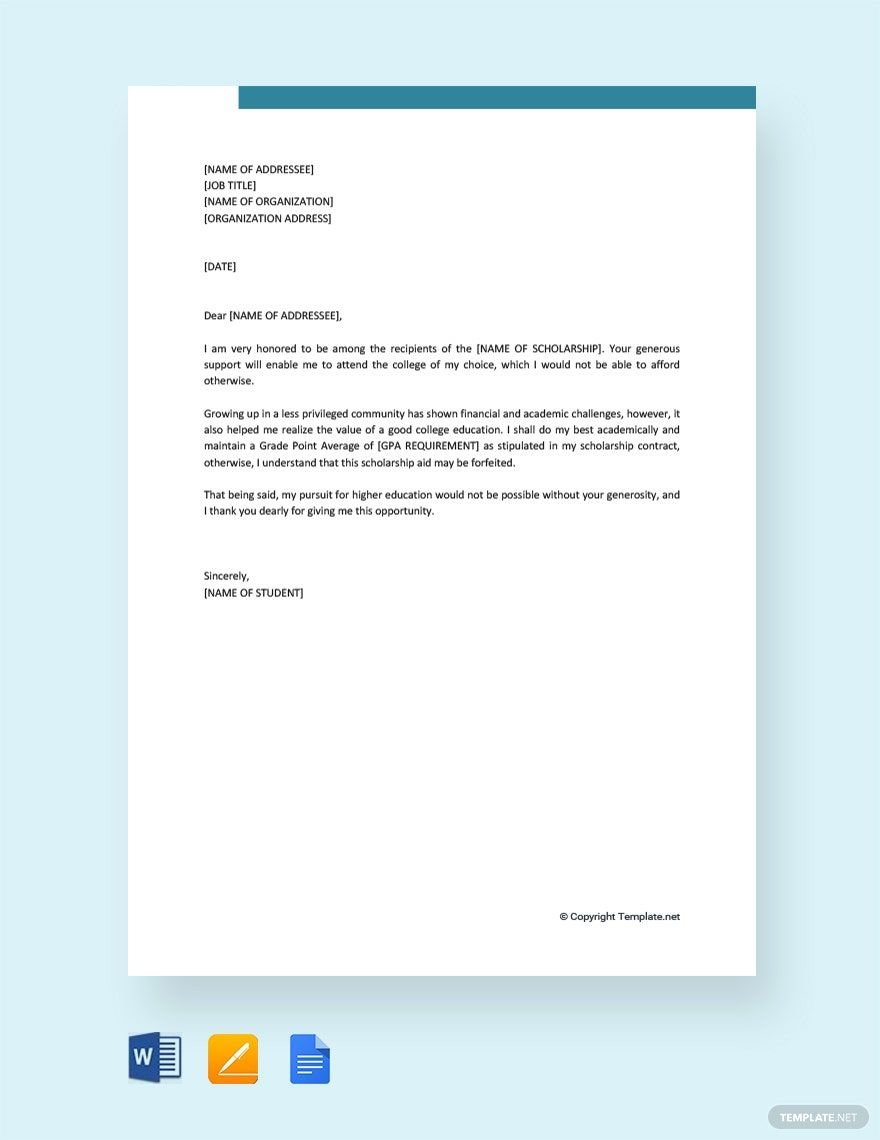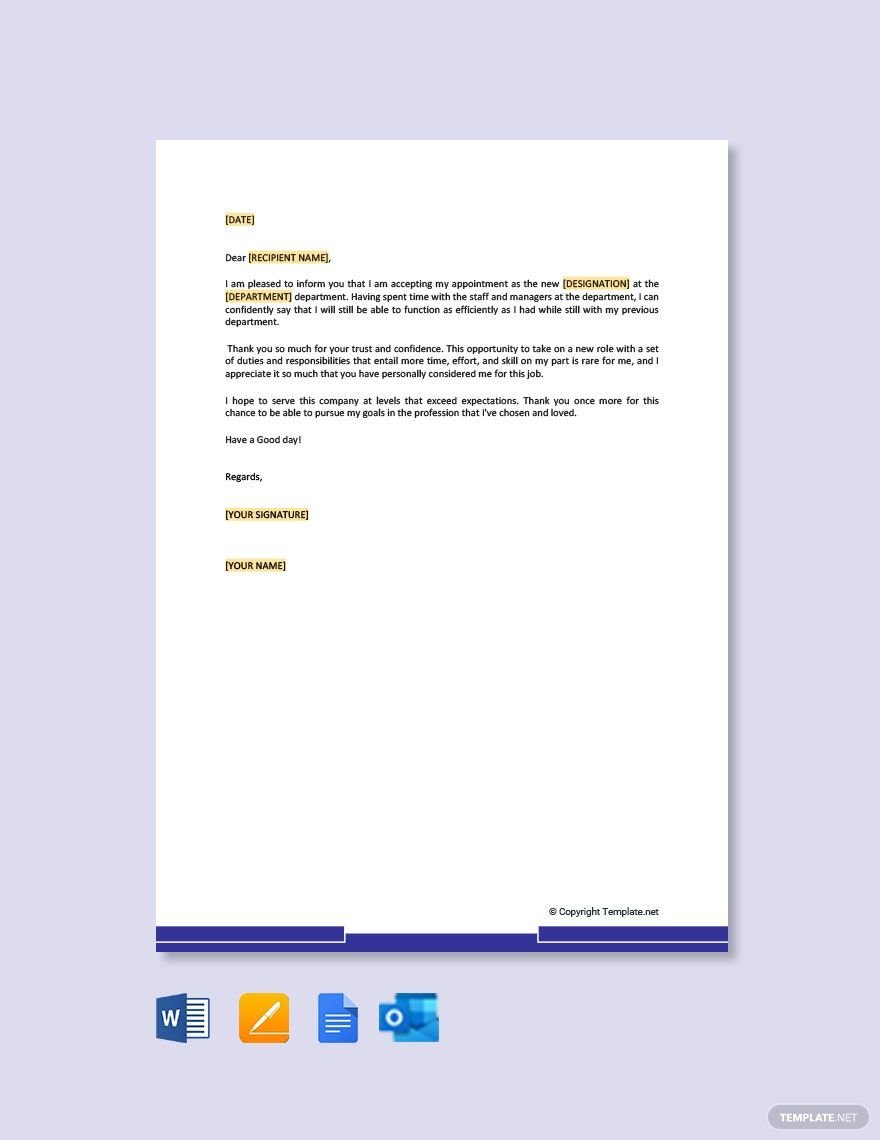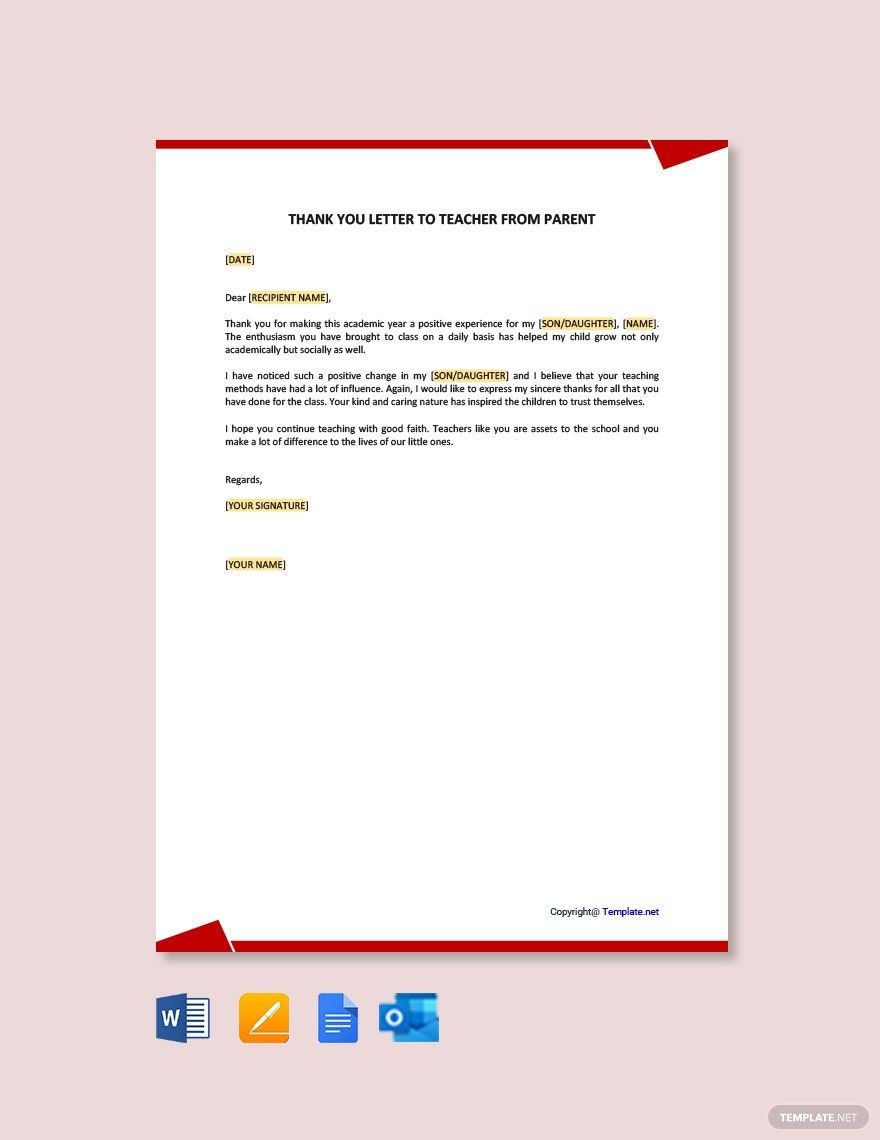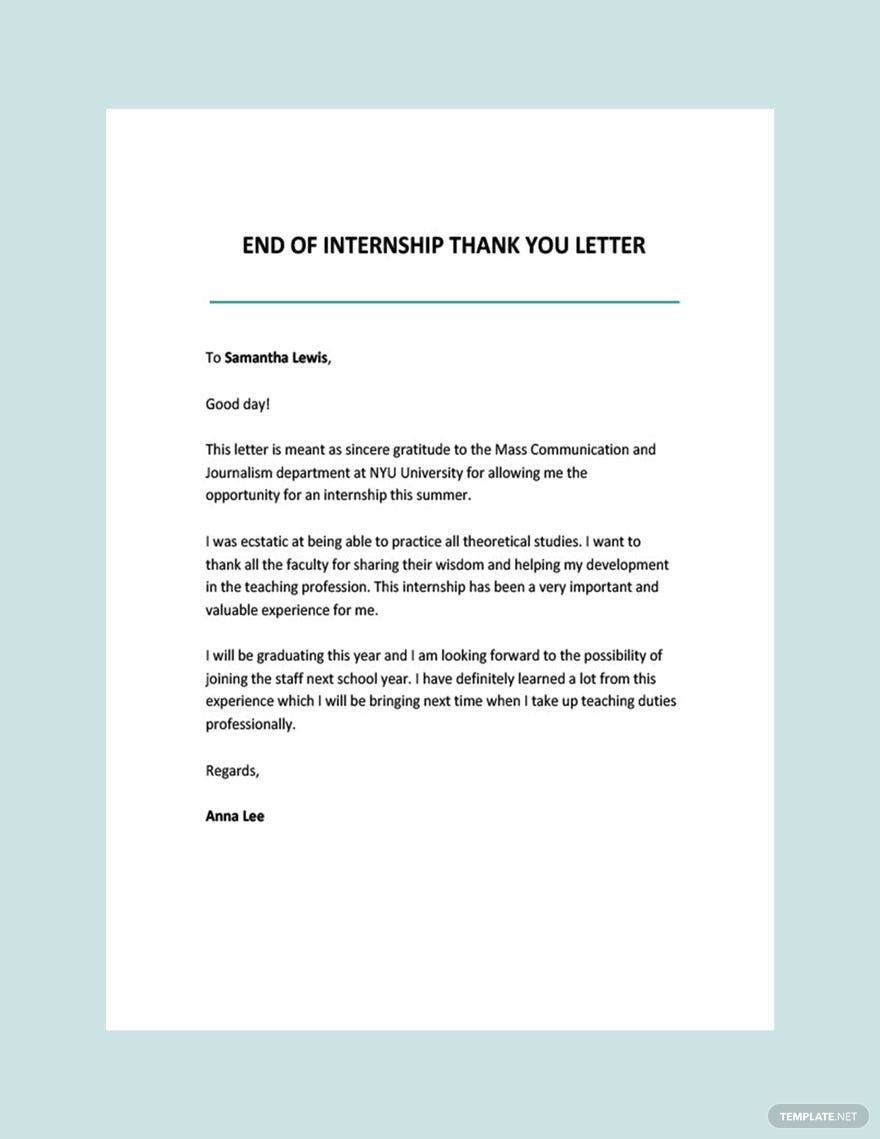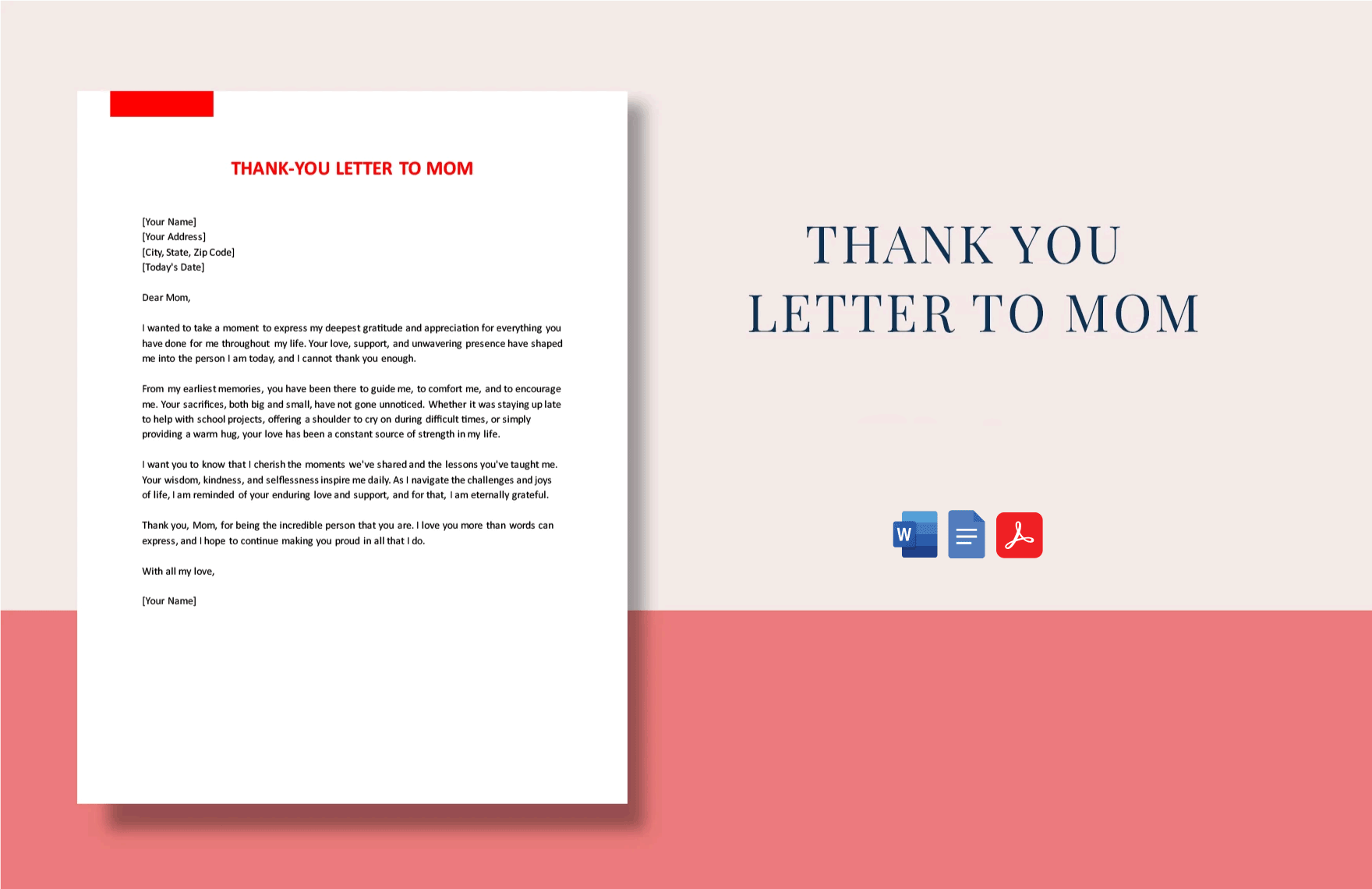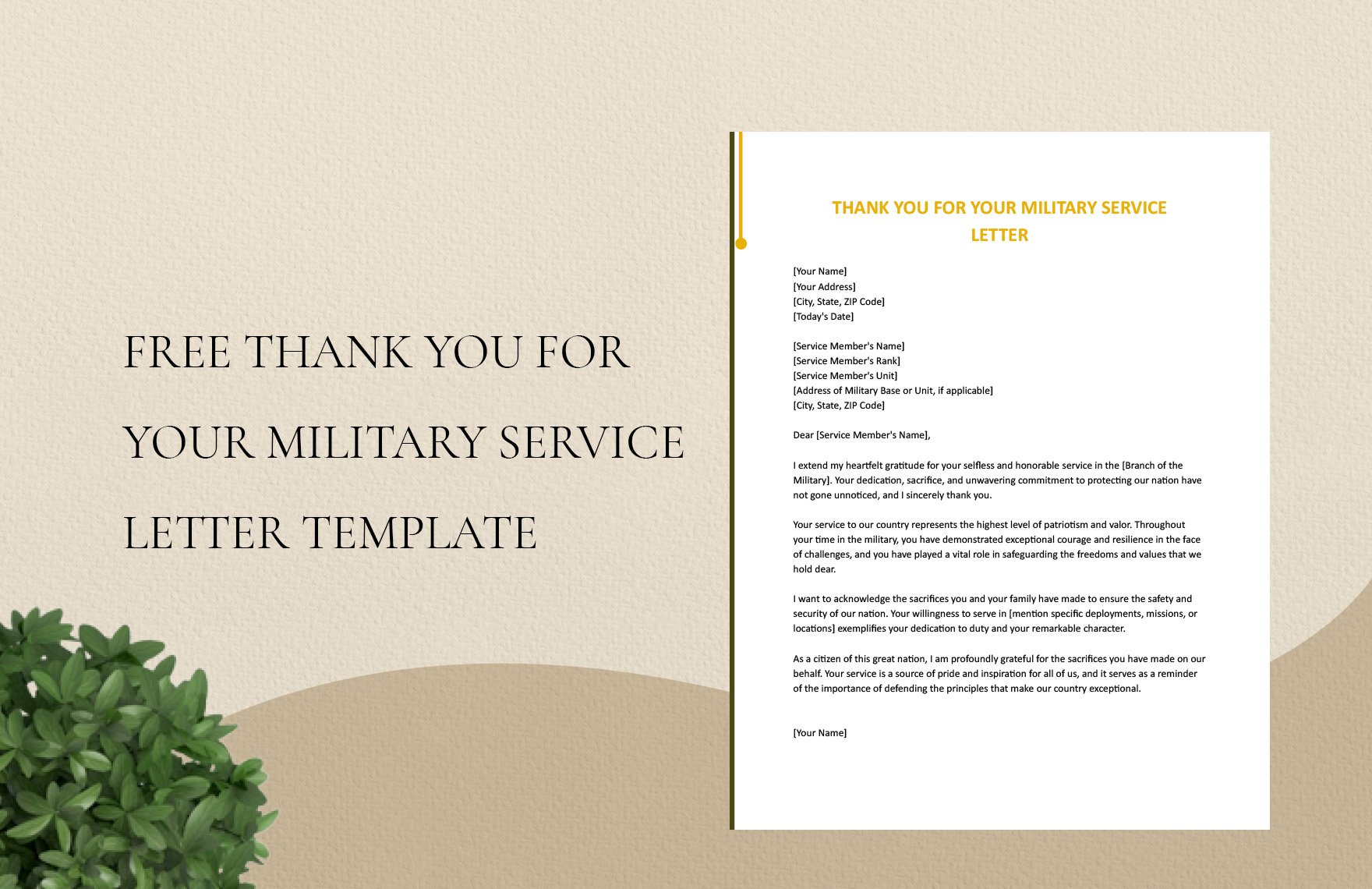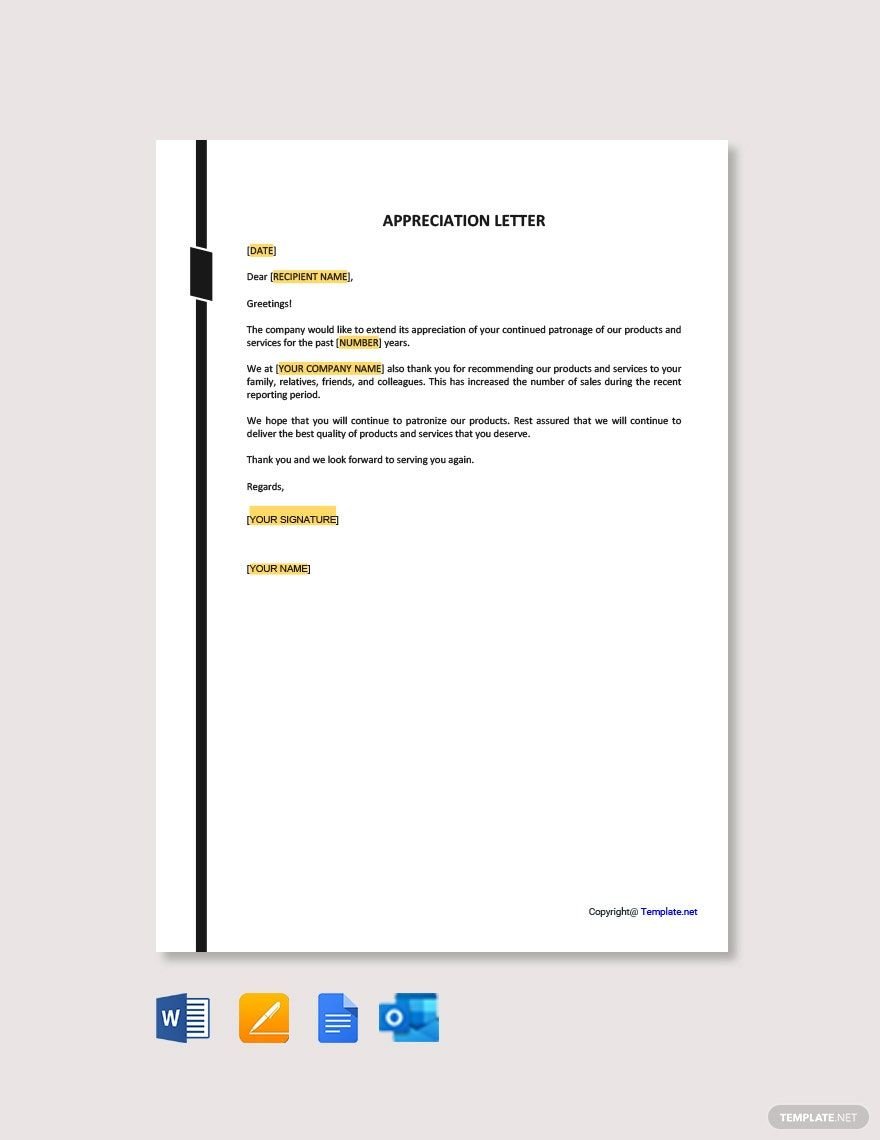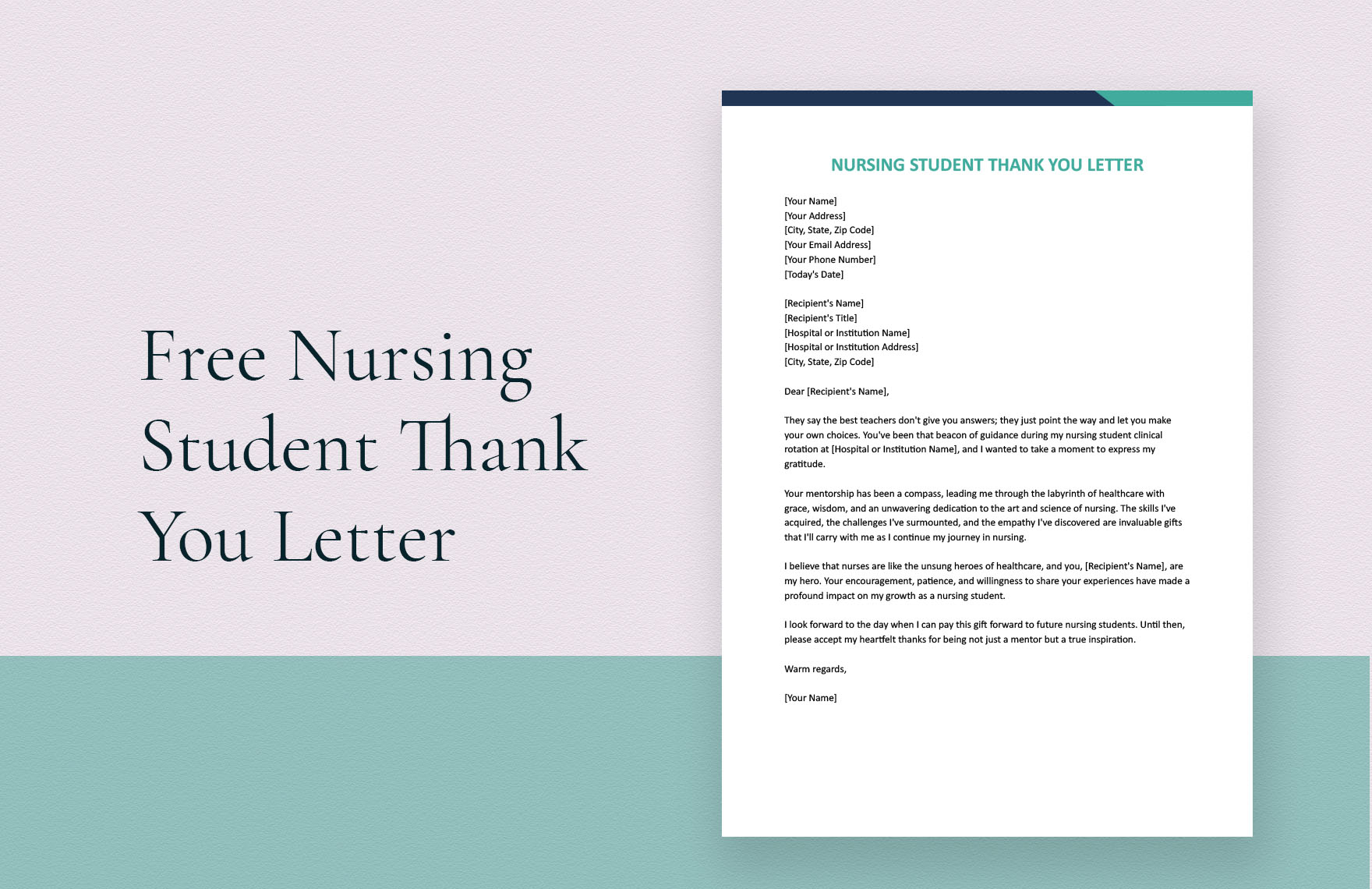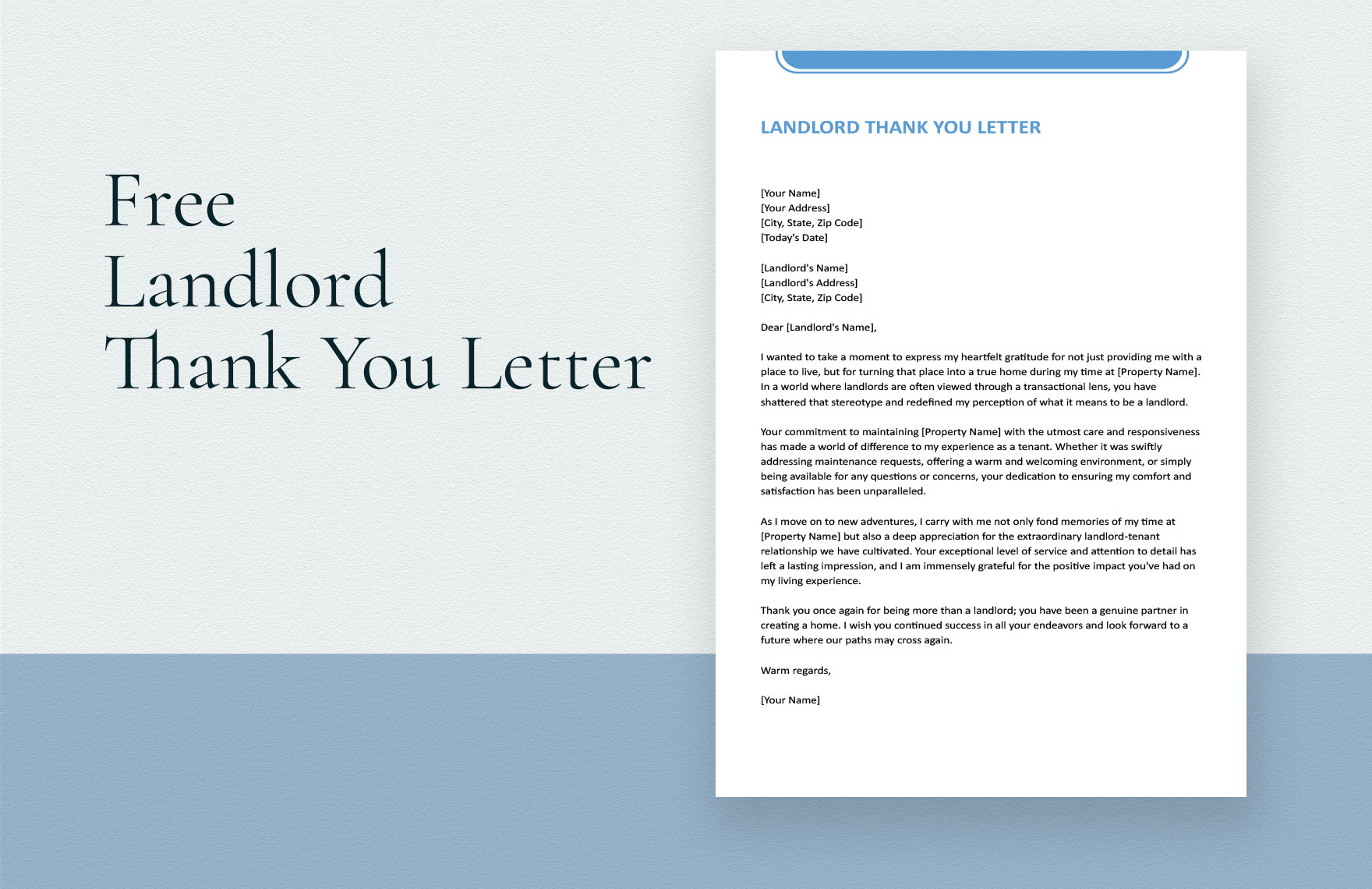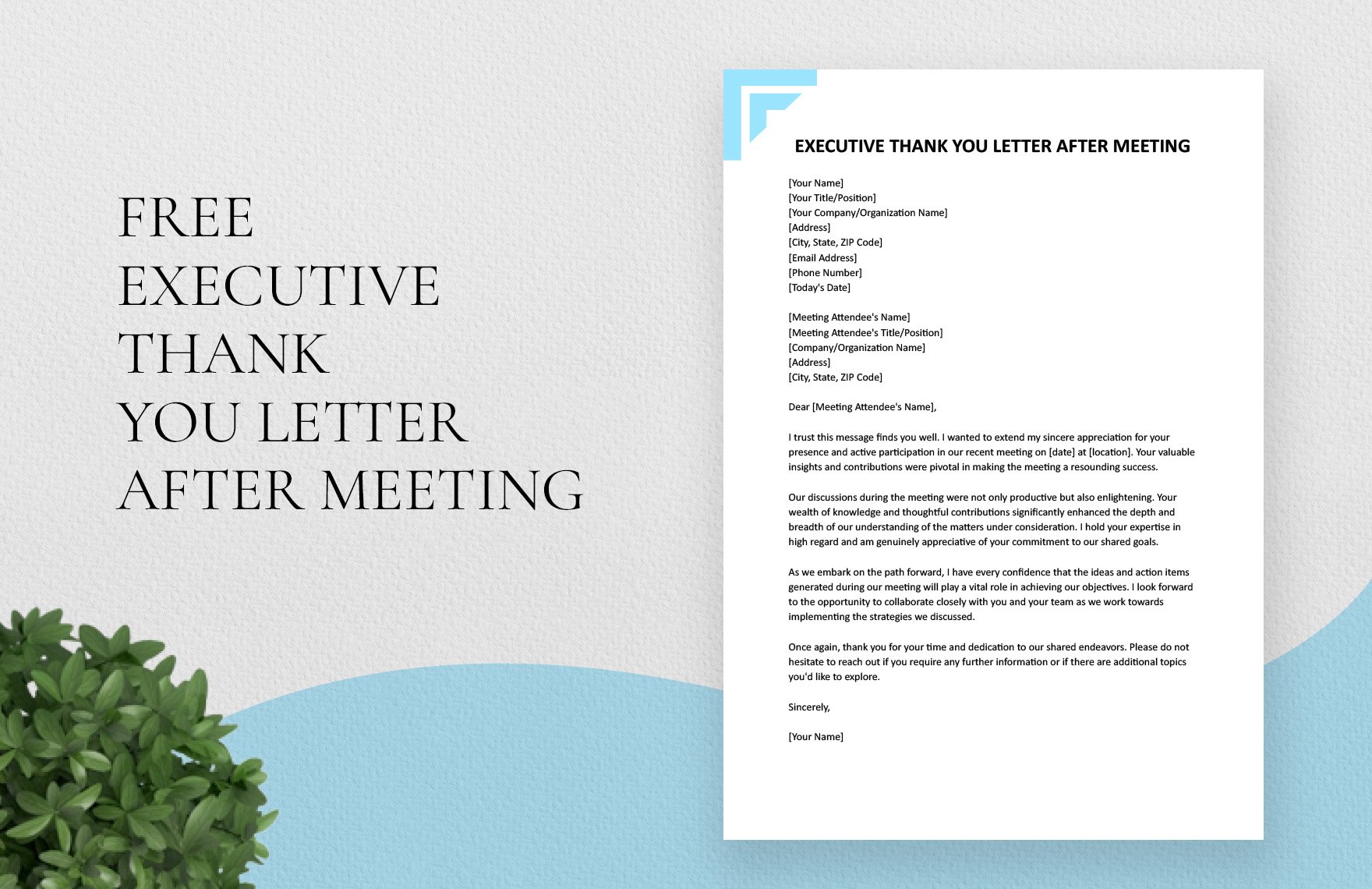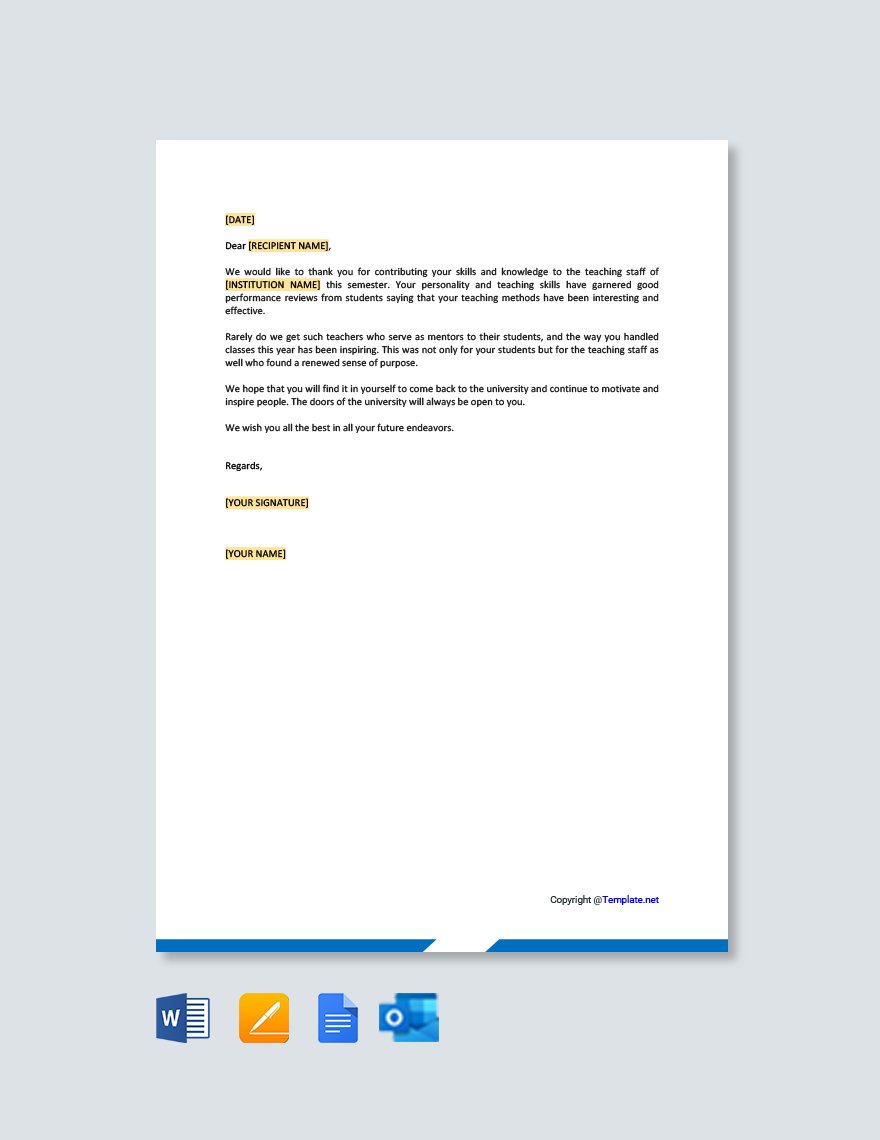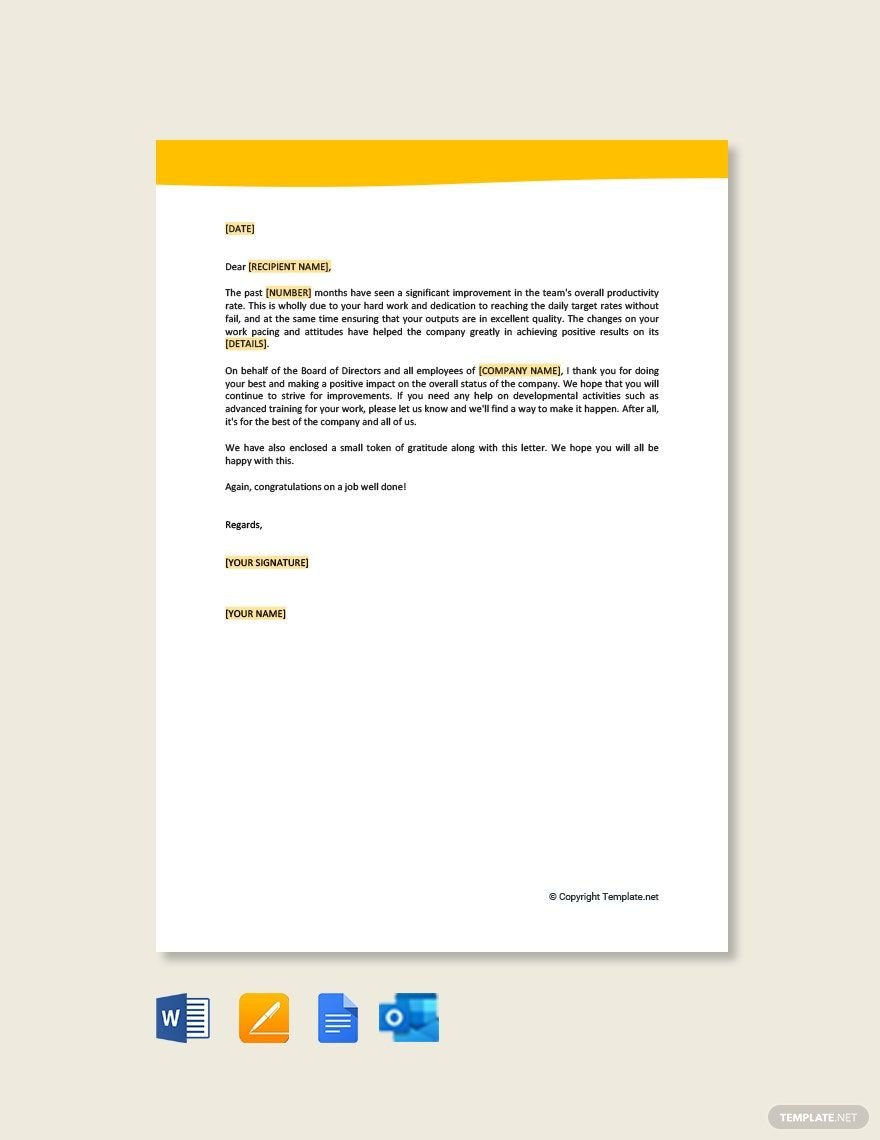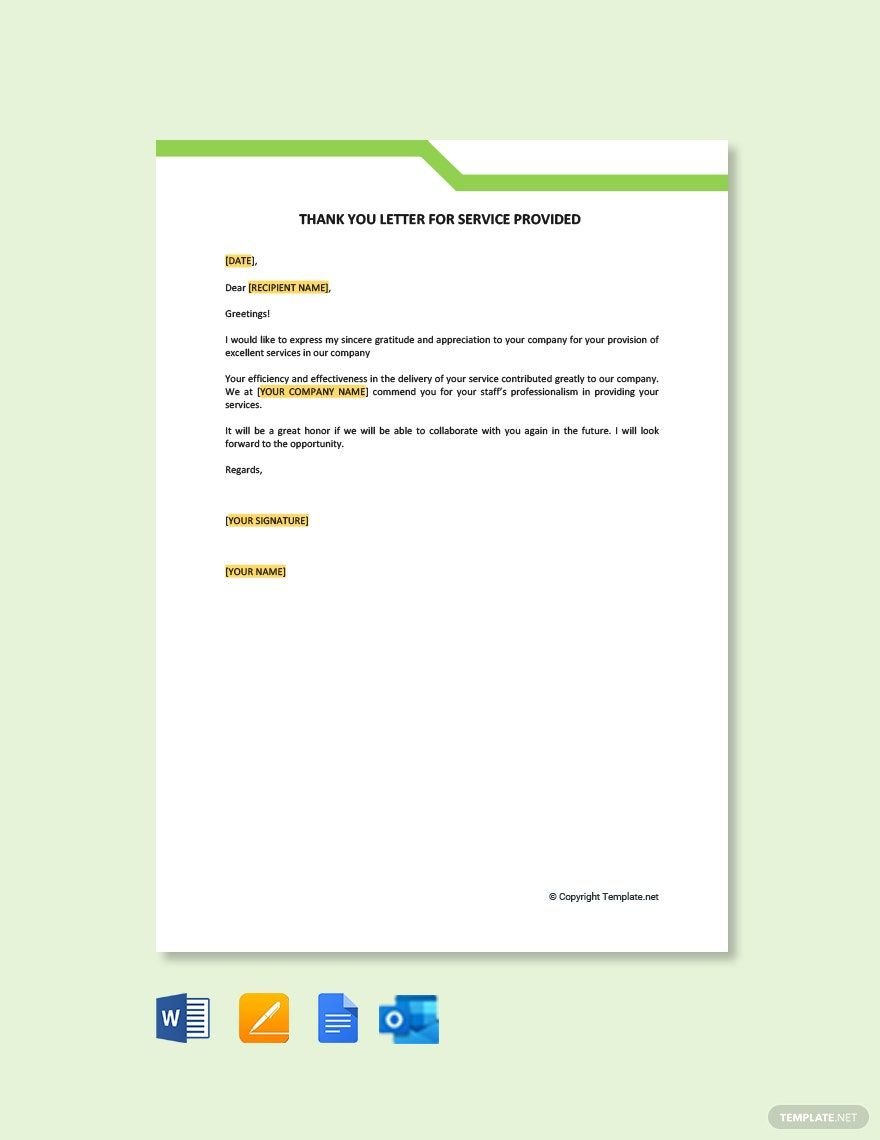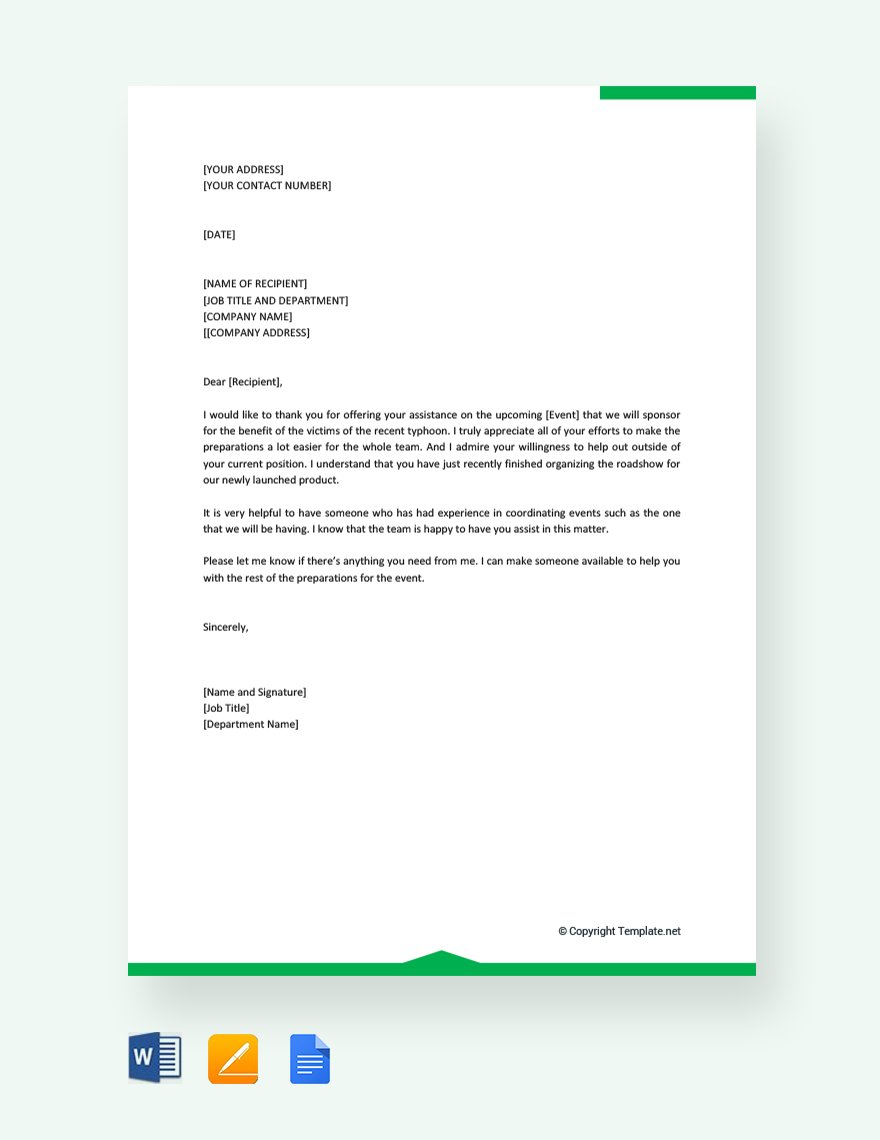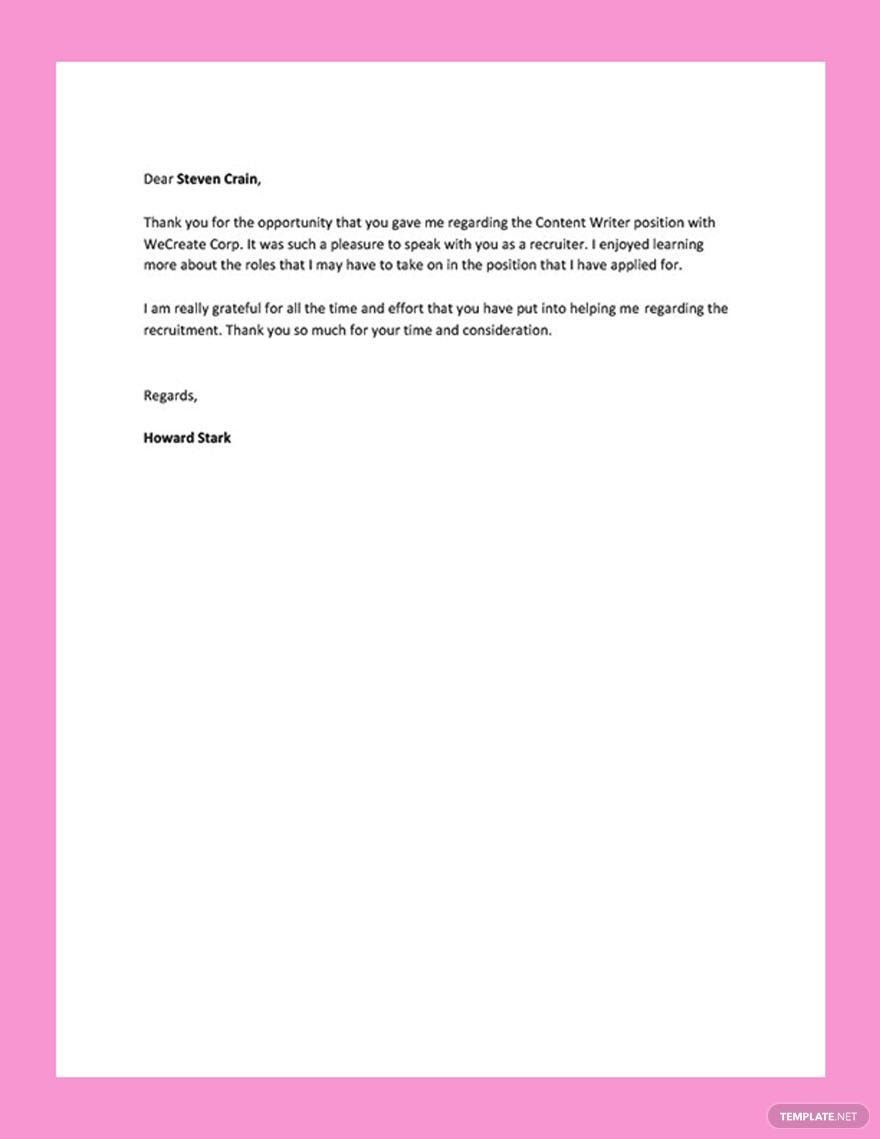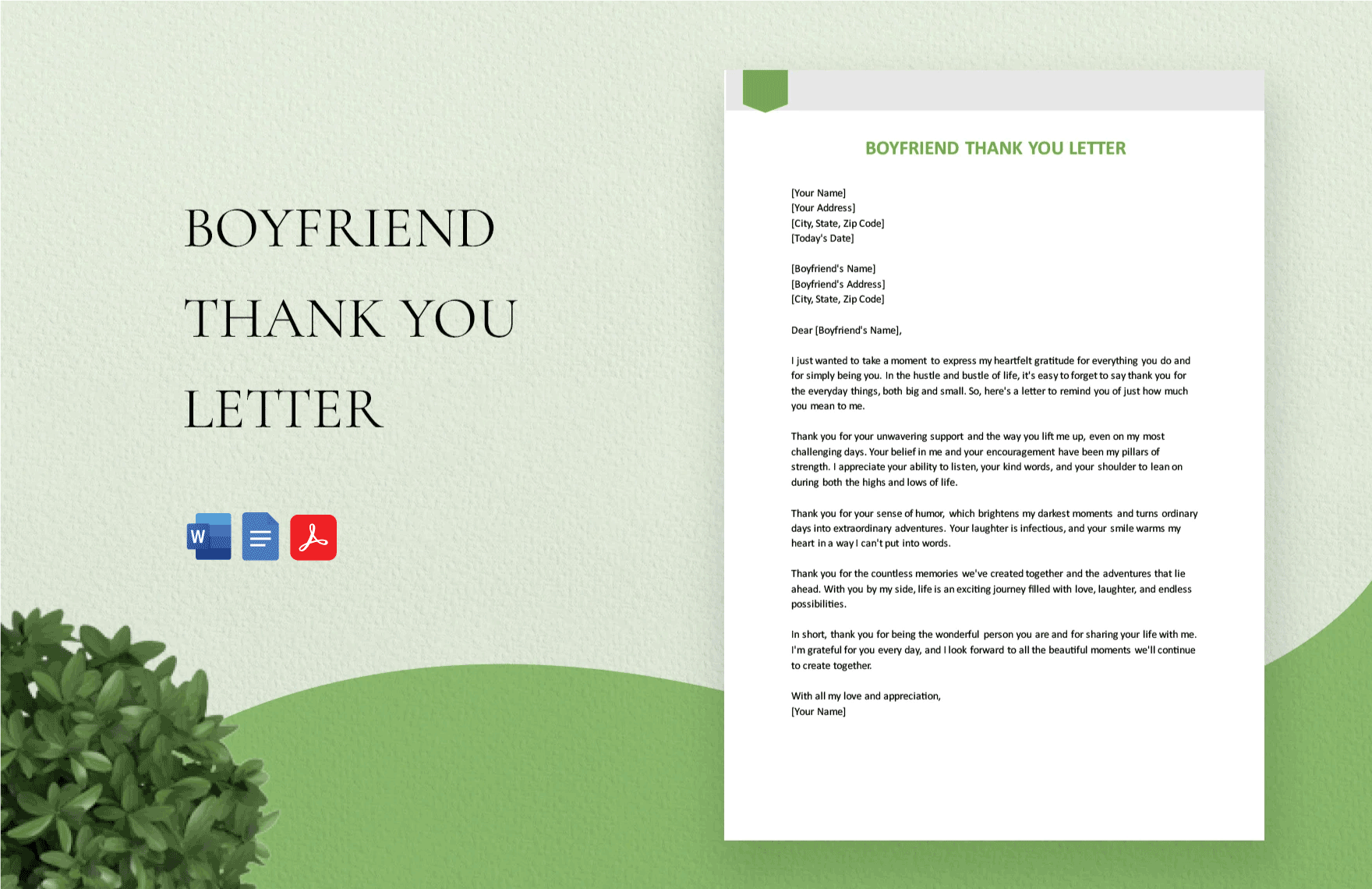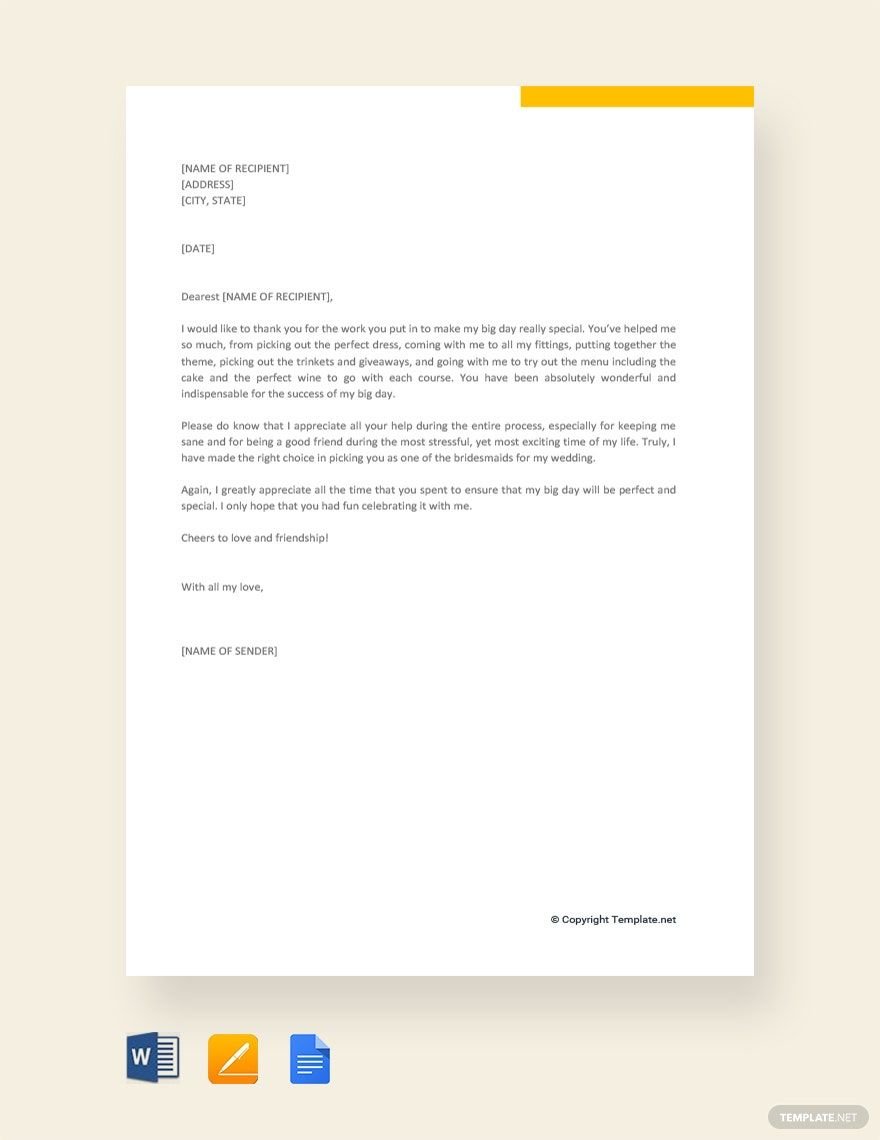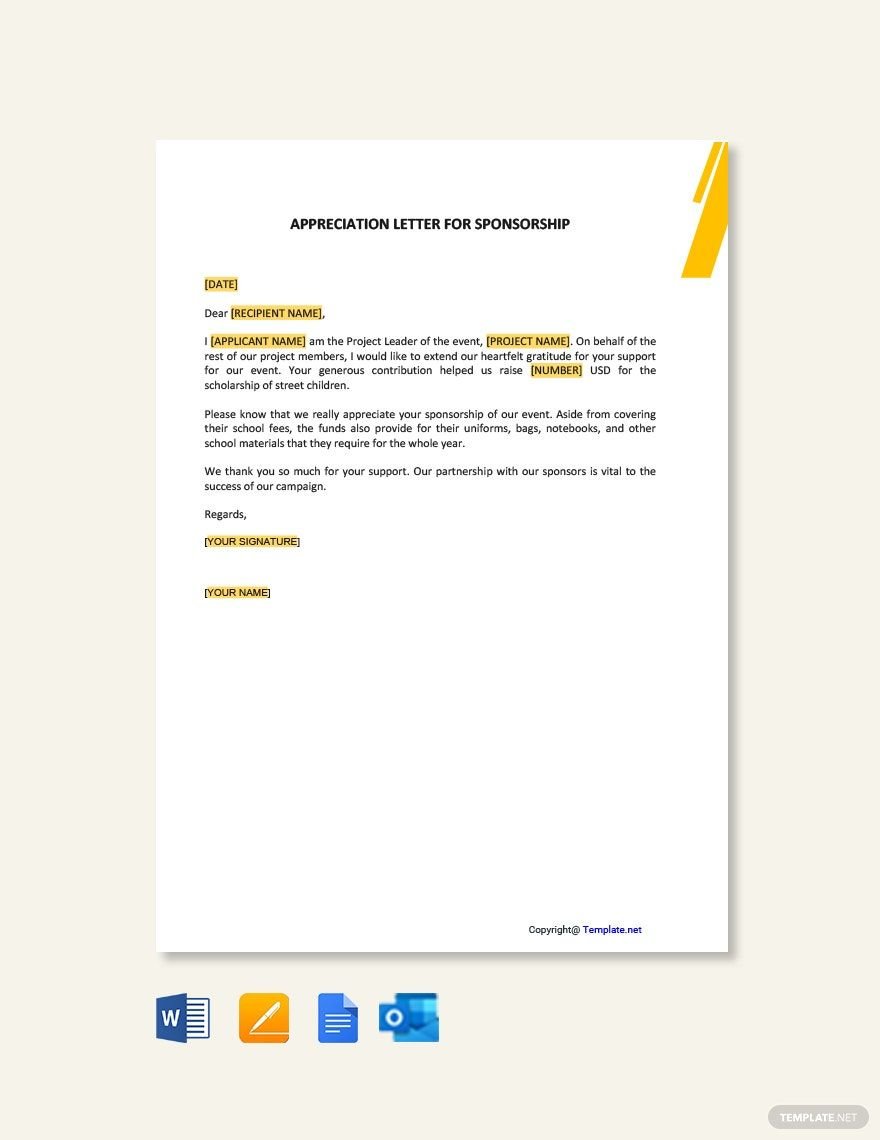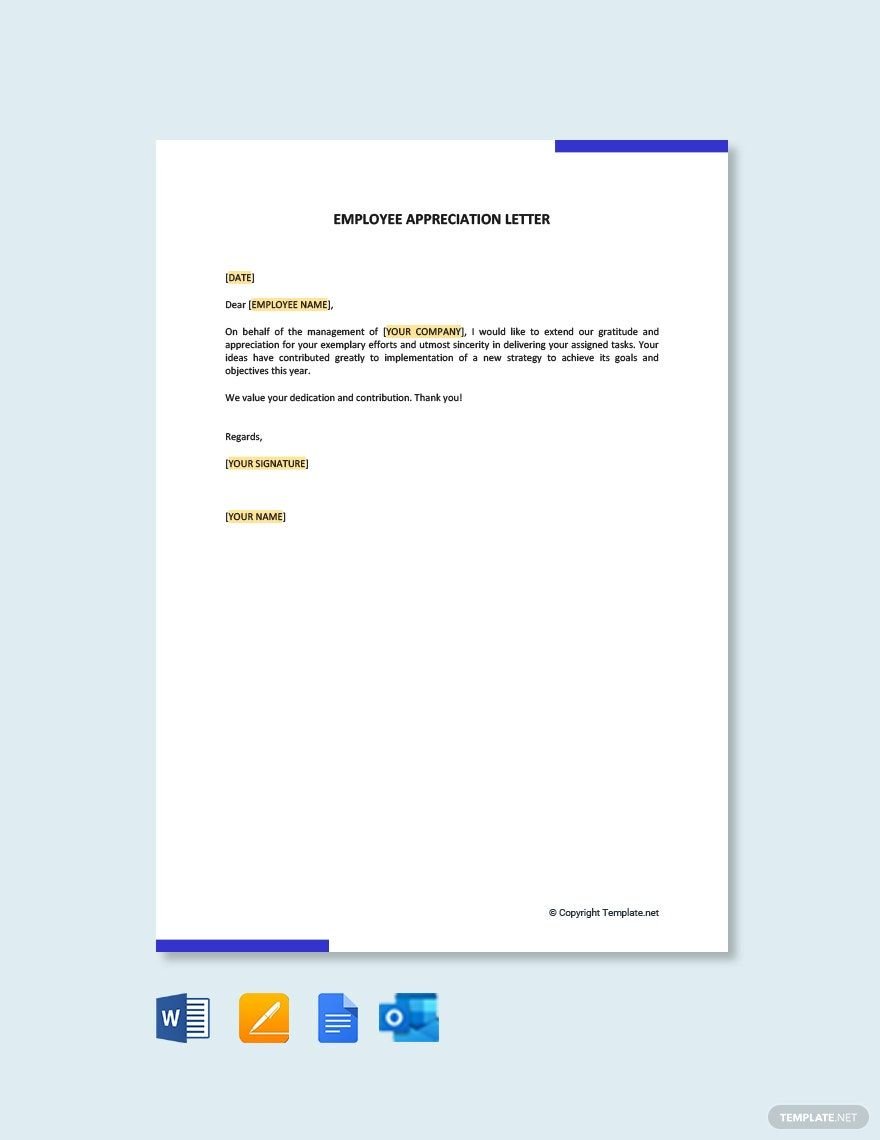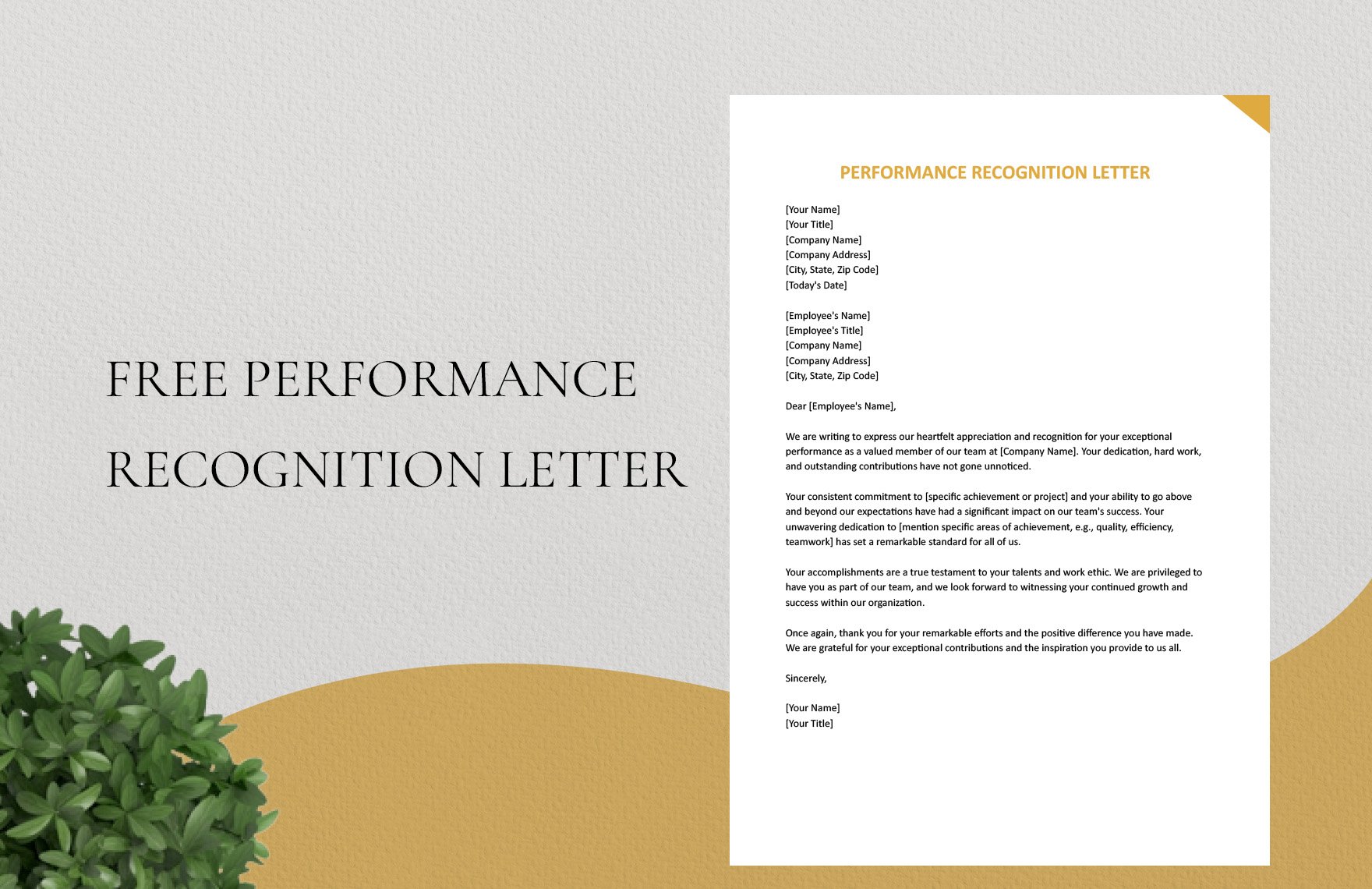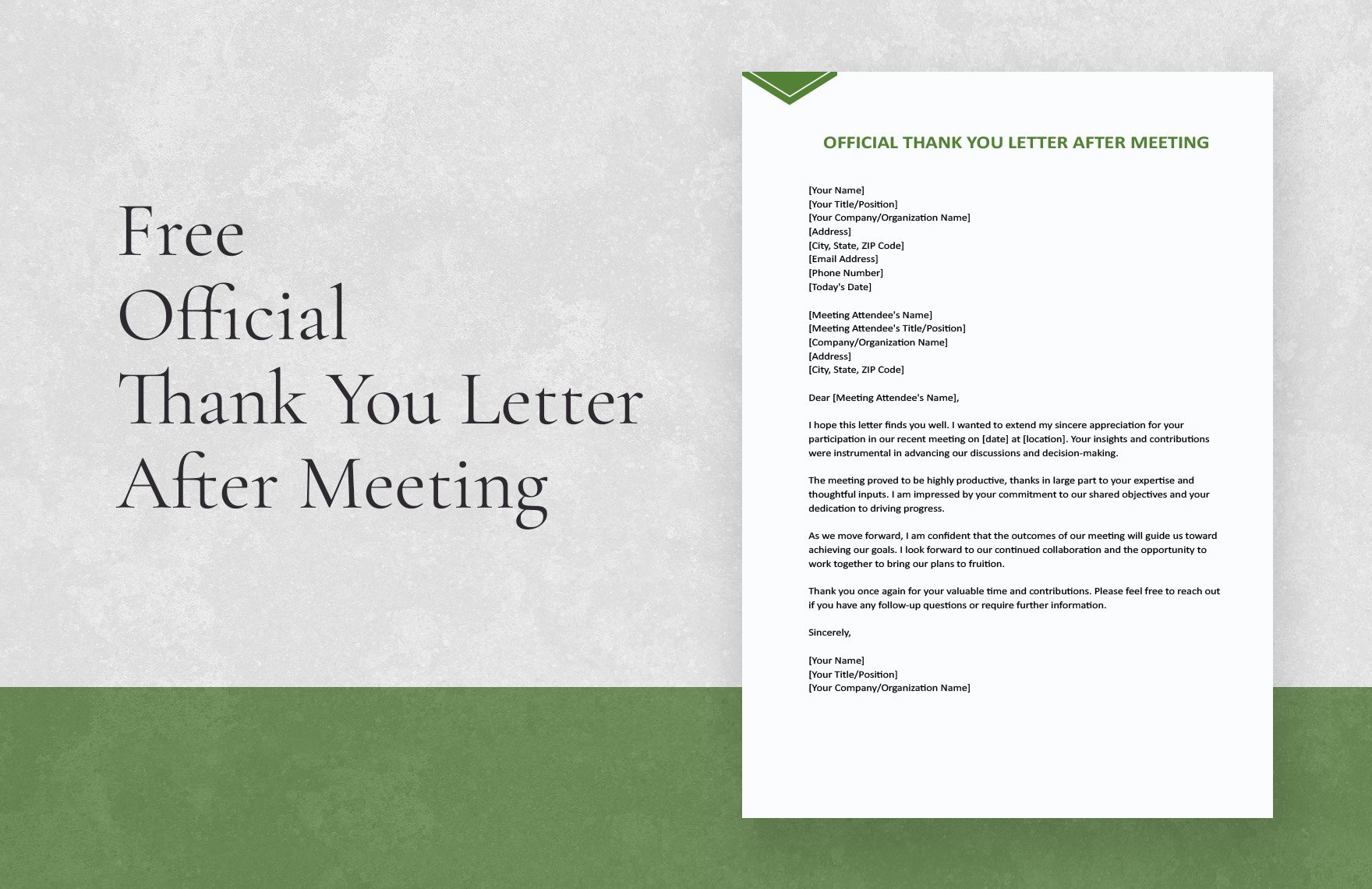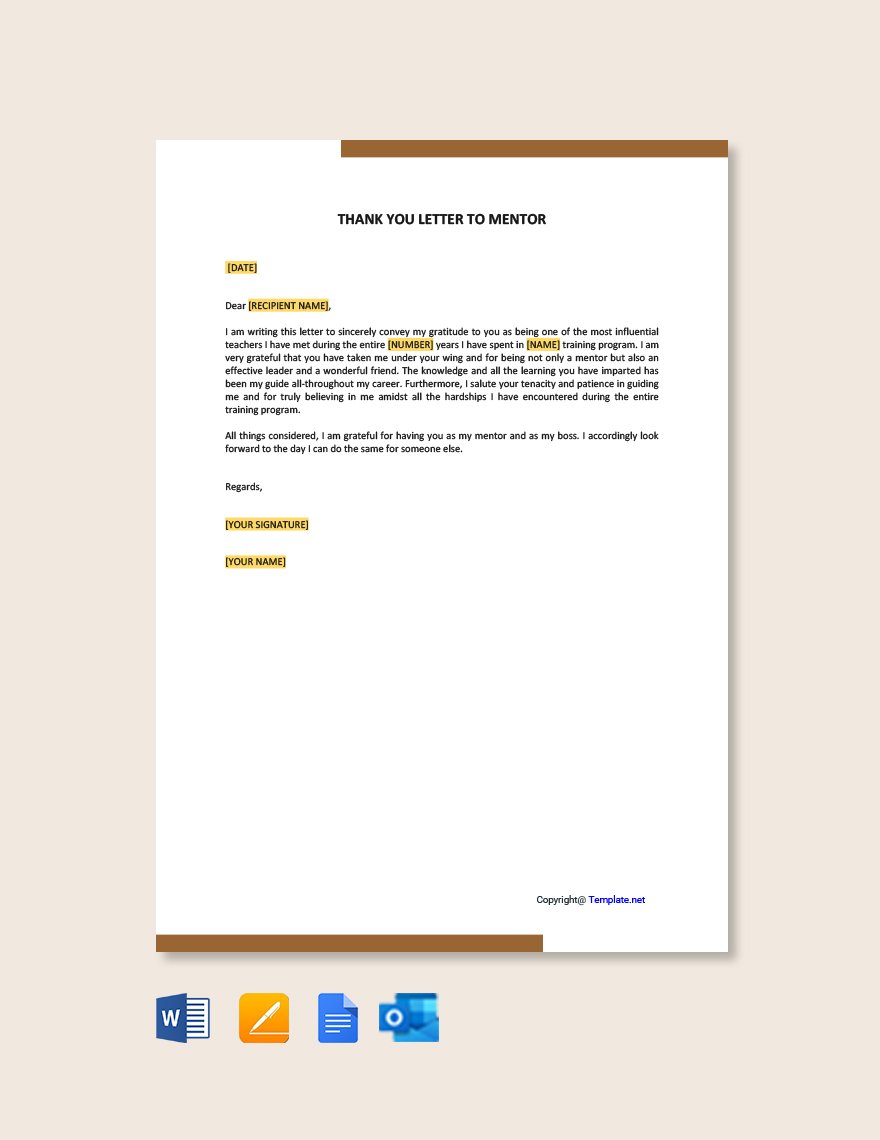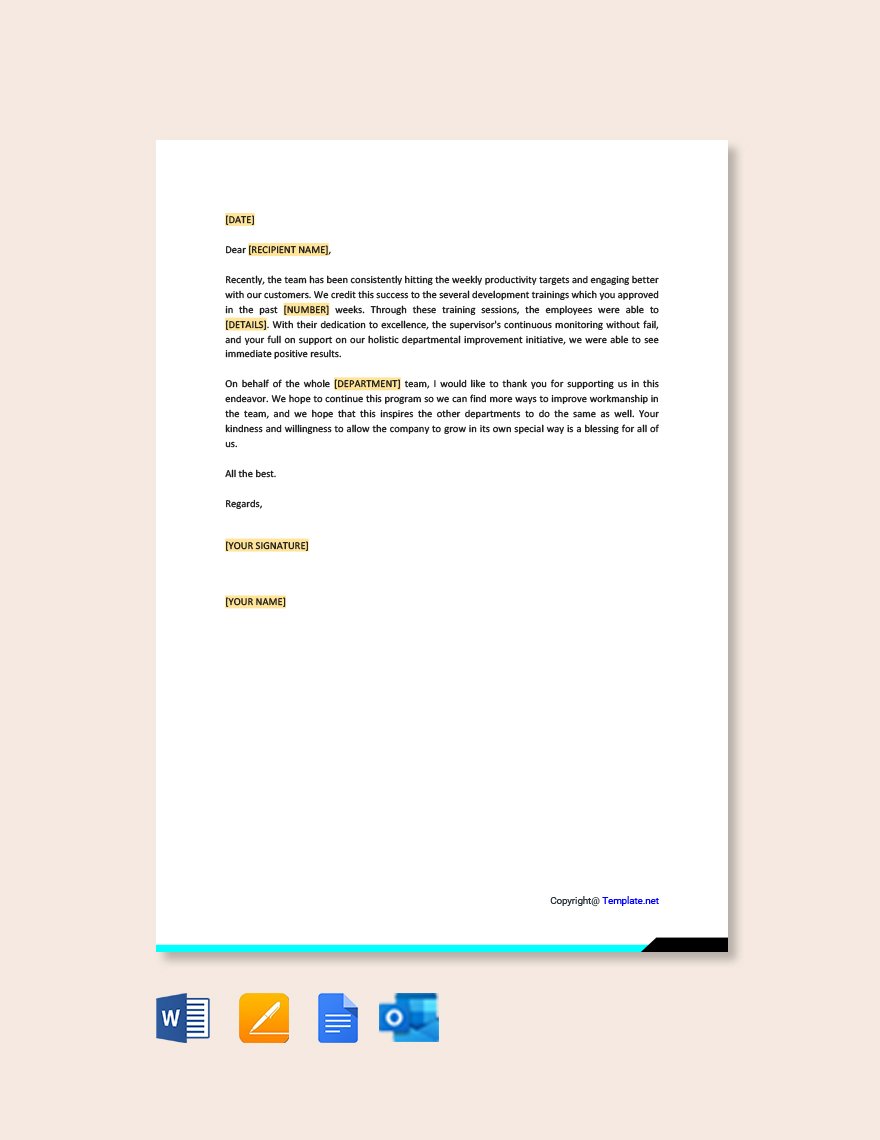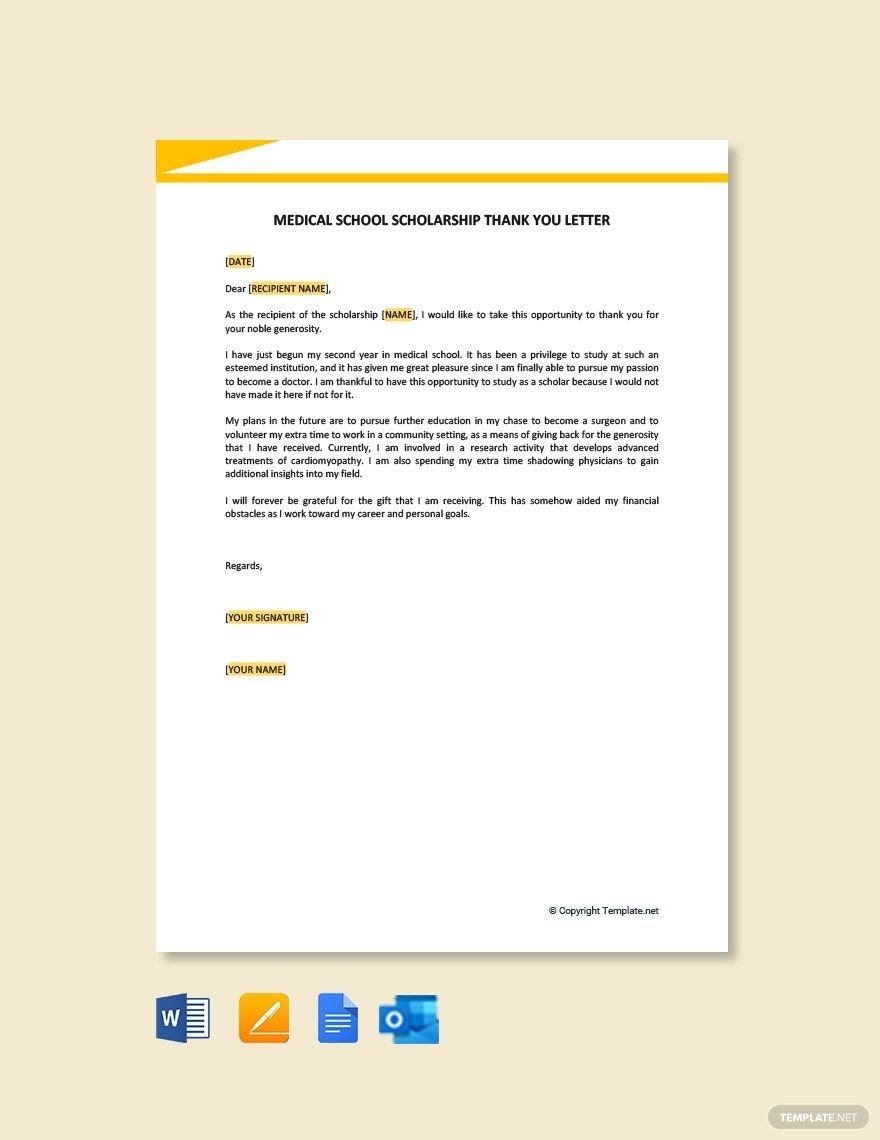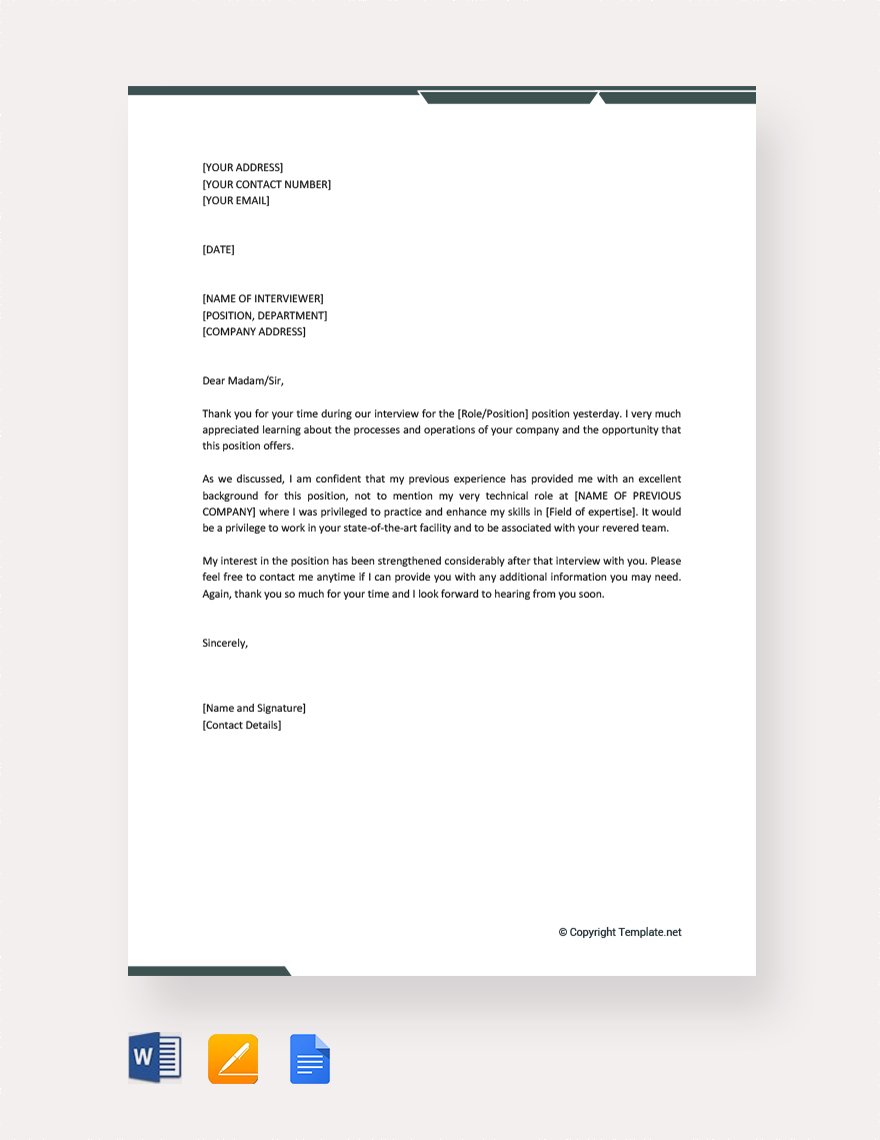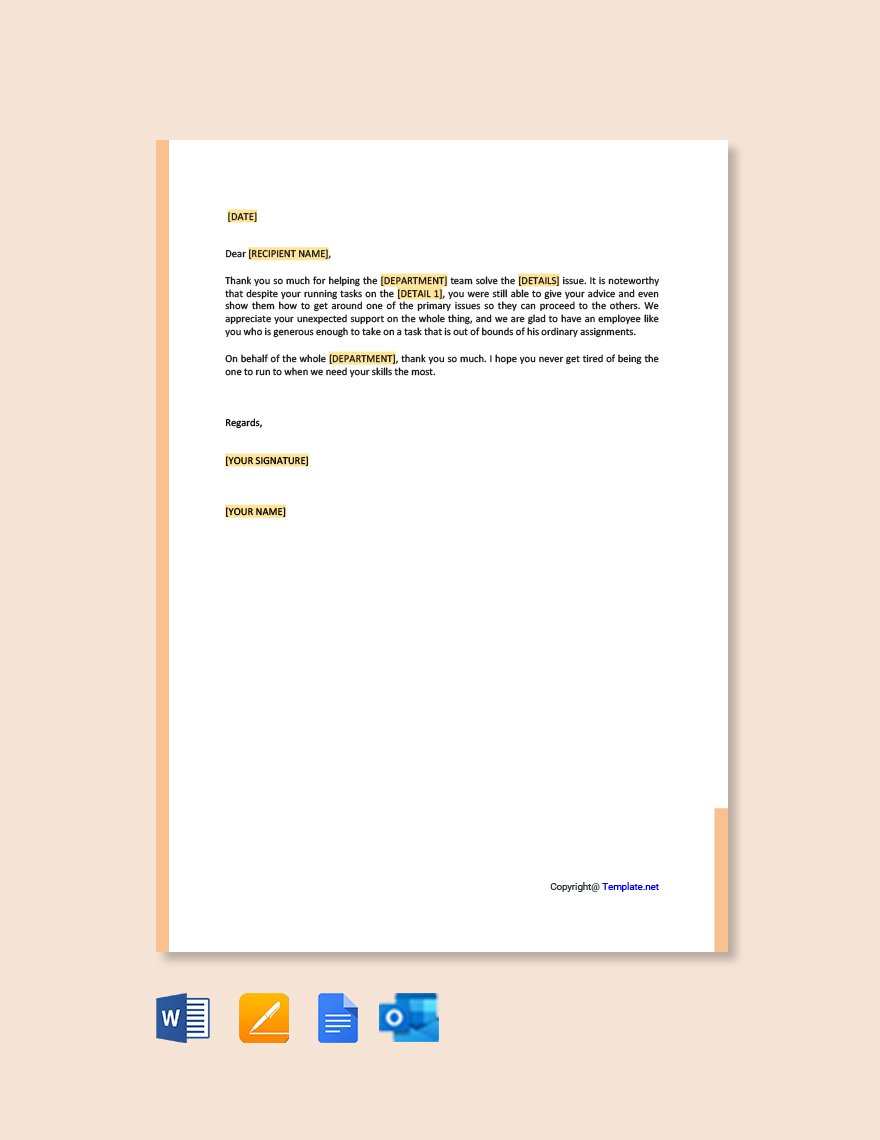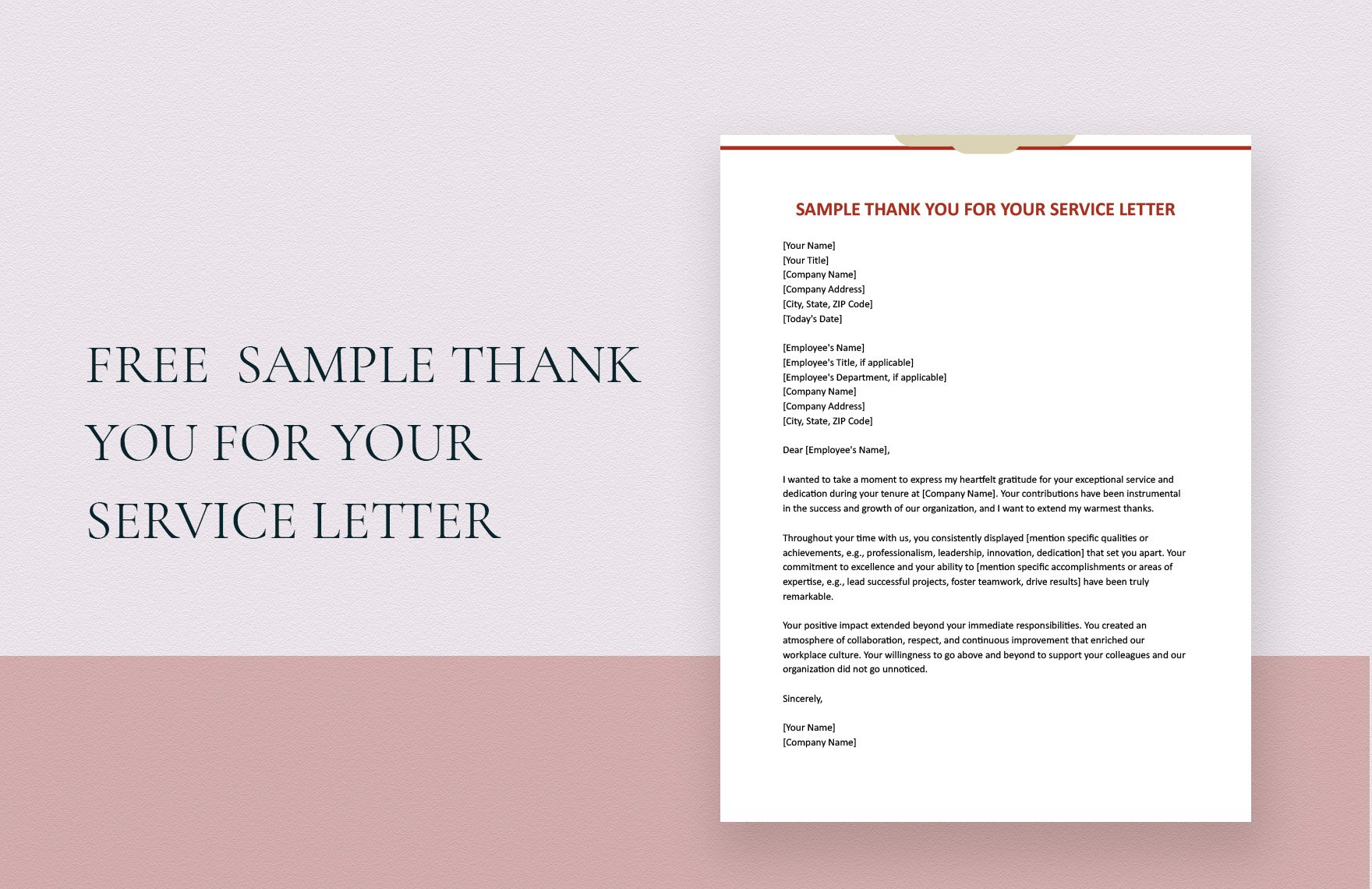Appreciation dominates any monetary and material reward present in the workplace. Any employee who has dedicated the best of his abilities to complete a task won’t expect anything in return for doing his job—a word of appreciation is already worth multitudes. What a better way to show your sincerest tribute than raising a lost art back to life? Recognize their efforts with our library of Appreciation Letter Templates in Google Docs. Our collection comes with an original full-length letter transcript curated by professional writers that you can readily use as your reference. They are conveniently accessible and compatible in various devices, even on your smartphone! Express gratitude the old fashion way and download now!
How to Make an Appreciation Letter In Google Docs
Robert Emmons, cited by Greater Good as “world’s leading scientific expert,” describes gratitude in two components: the confirmation of goodness and recognizing that goodness exists outside, therefore acknowledging that this goodness surrounds us helps us achieve it. He listed stress-resistance and the blockage of negative and toxic emotions such as envy and resentment as among its benefits.
Imagine an environment where toxicity and stress cannot reside because people are actively and adequately thanked for their hard work. Start acknowledging them today with an appreciation letter. Below are the steps on how to make yours:
1. State Your Purpose
Your letter should contain what your acknowledgment letter is all about in the opening statement. Your recipient should be able to determine what your message is all about within the first few sentences. Go directly to the point on why you’re expressing your appreciation to a certain individual and avoid the long dramatical introduction. Start with, “Thank you for…” and complete the sentence with a reason. This will set the tone of your letter, so a lengthy and unnecessary introduction may prompt them to jump directly to the body or, worst, trash the letter.
2. Go Into Detail
Don’t stop at merely stating what you’re grateful for. Explain briefly in a few sentences how their help has supported your cause or affairs, how it will be used, and who it will benefit. This is a fundamental part of the thank you letter because it is important that your recipient knows that he has made a great contribution and how his or her contributions are being used. This is a great move, especially if you’re gathering donations to support your organization. There’s a high chance that they’ll come and extend another aid because they’re aware that they’re making an impact.
3. Keep It Brief and Sincere
A lengthy letter is an unread letter, at least in the business scene. With the number of things that needs tending, documents and emails that are not of urgent importance are usually put aside to make way for things with a pressing value. However, brief content invites a quick read. Keep your business letter sincerely concise. State directly to the point by stating your purpose, narrating your reasons, and expressing your gratitude in a straightforward but warm tone.
4. Follow the Proper Format
Letters have a distinct format, each presenting the nature of each. If you’re sending a friendly letter to a close colleague or a family member, disregard the recipient’s name and address and go directly to the salutation. However, if you’re addressing a professional colleague or senior, a client, or a sponsor, follow the formal letter format and use the proper salutations. Include a formal title (e.g., Eng., Dr., Prof.,) or stick to Mr. or Mrs./Ms./Miss. Inquire if she wants to be addressed in a certain way and if your recipient refuses to do so, use their full name instead.
5. Be Prompt
Don’t send the letter long after your recipient has done the act. A quick response will be their confirmation that you have received their gesture well. Etiquette states that you should generally respond within three days. However, in a business setting where the schedule is often tight, a two-week period is still appropriate.



